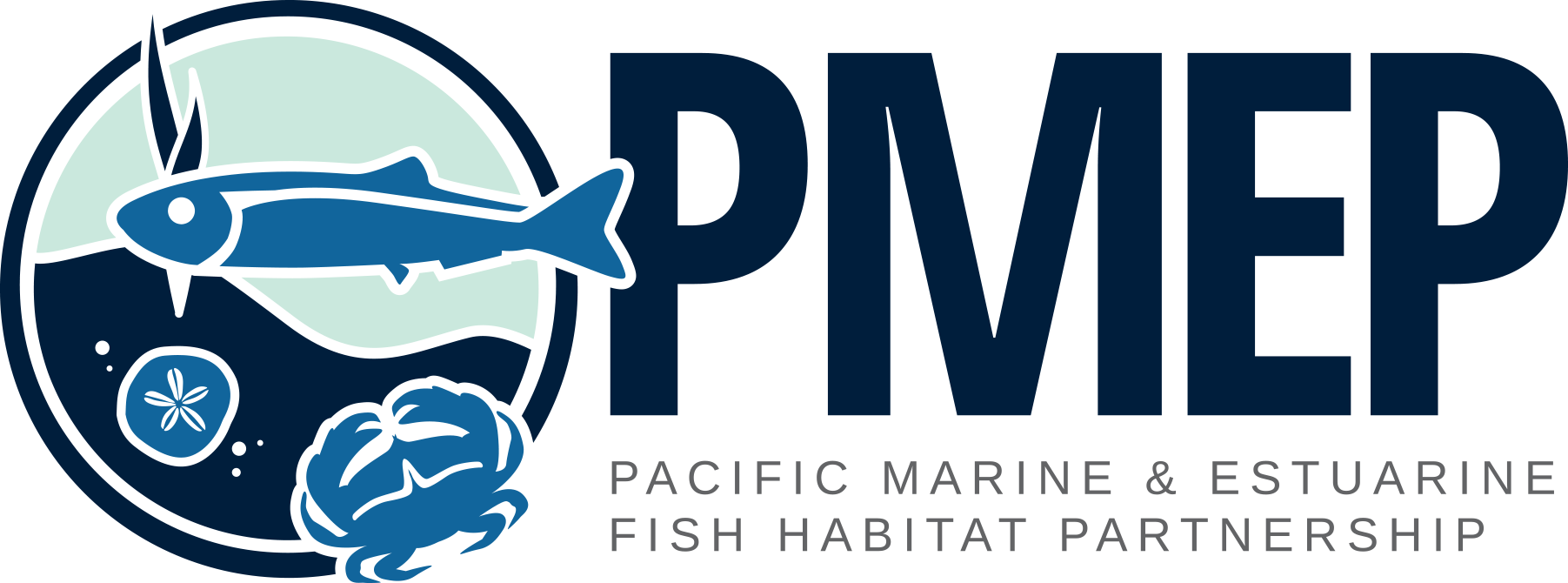Every year, the Pacific Marine and Estuarine Fish Habitat Partnership (PMEP) is able to help fund a handful of projects along the West Coast with support from the U.S. Fish and Wildlife Service and the National Fish Habitat Partnership. See below for projects that have received funding since 2012.
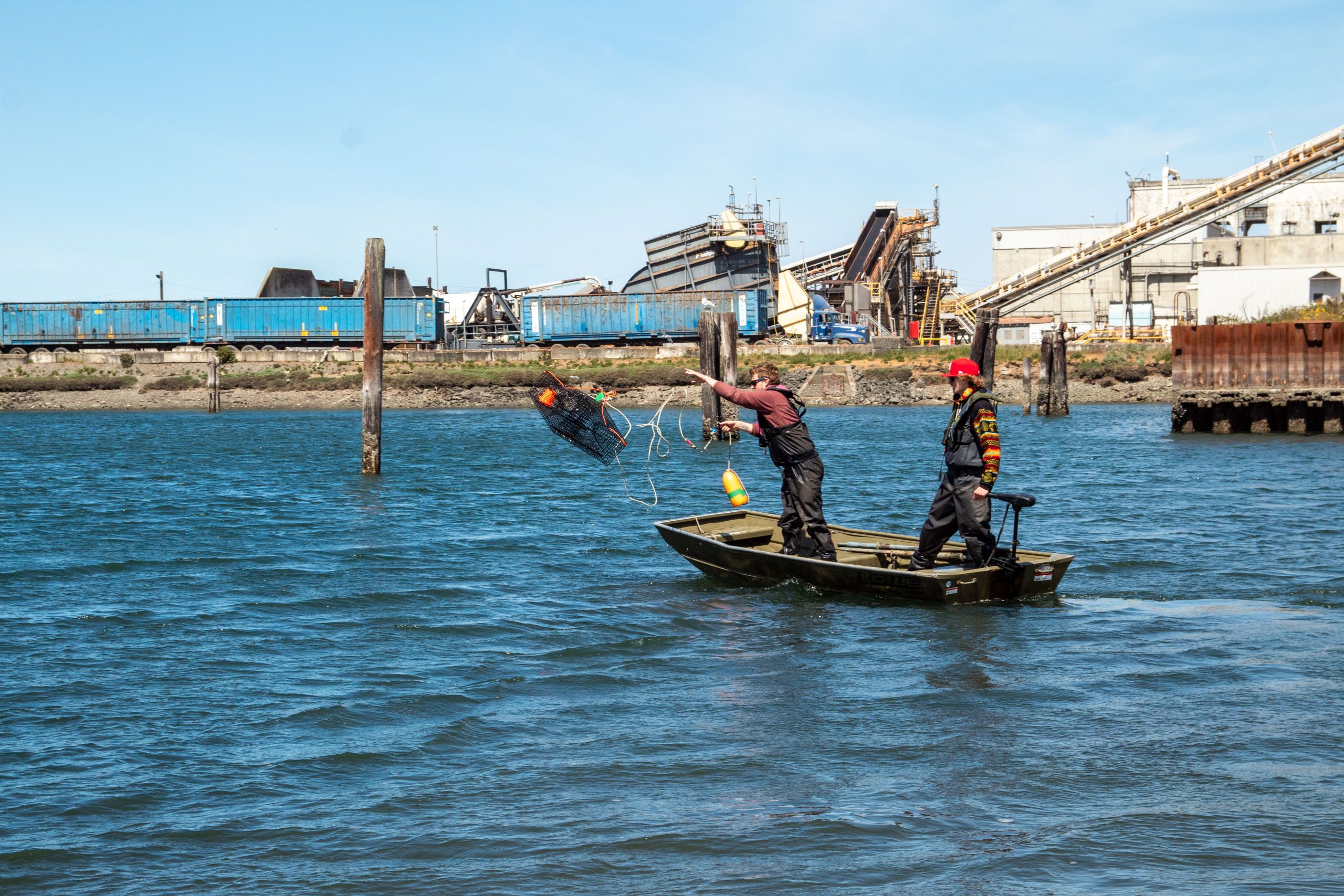
Biological Assessment of the Ediz Hook Lagoon in Port Angeles, WA (2024)
The Lower Elwha Klallam Tribe will conduct field surveys to determine fish and shellfish use of a 28-acre estuarine lagoon at the base of Ediz Hook in Port Angeles, Washington. The project will provide an assessment of what species (fish and shellfish) are present in the lagoon, along with continuous water quality data to inform future restoration/clean-up activities. Sponsor: Lower Elwha Klallam Tribe
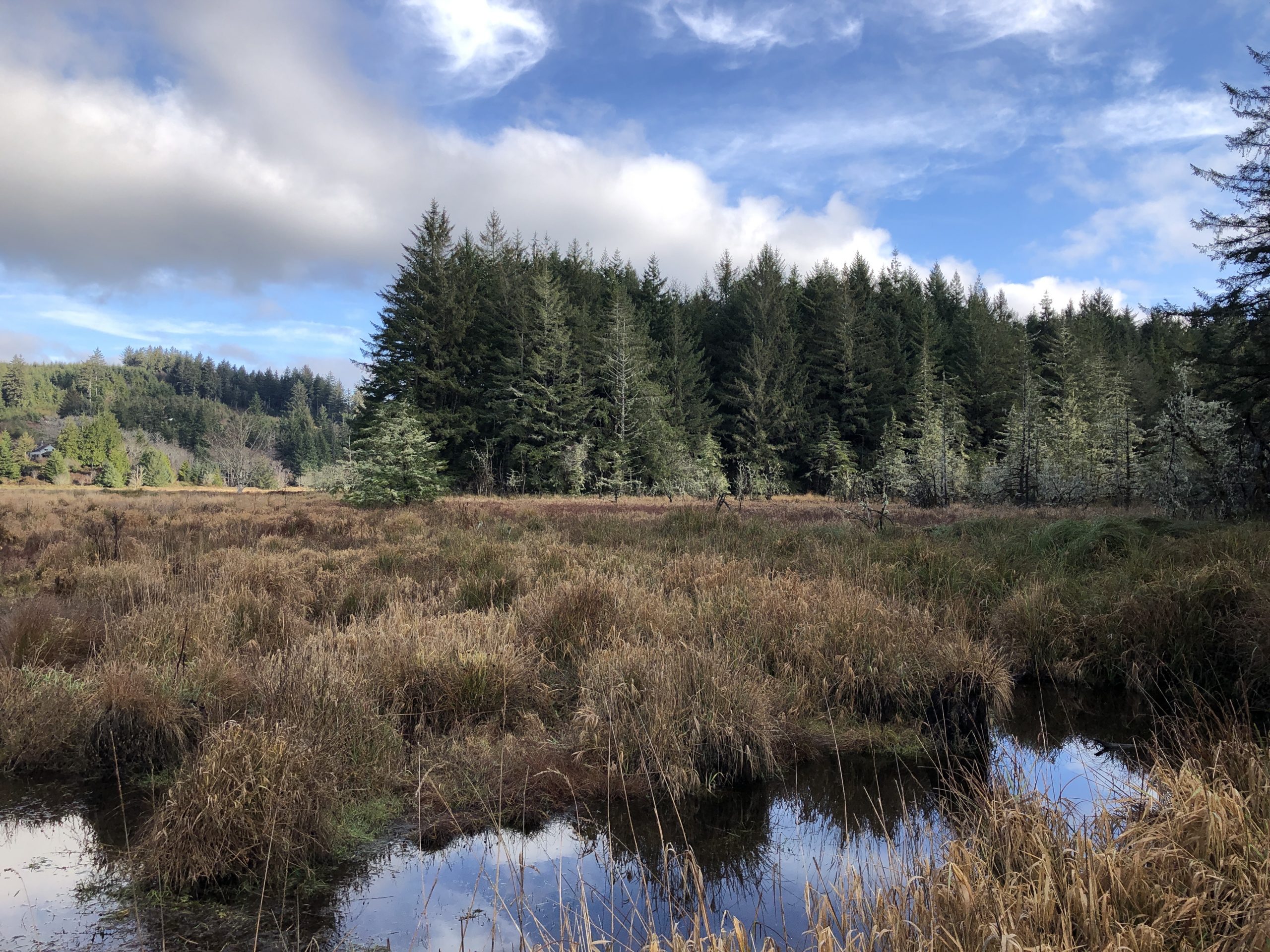
Bayview Oxbow Tidal Restoration Final Design, Alsea Bay, OR (2024)
The project will complete the design to restore tidal conditions to one half of an old oxbow of the Alsea River, restoring about 34% of the tidal wetlands that have been lost. It is one of the largest (75 acre) remaining restoration sites on the Alsea. Sponsor: MidCoast Watersheds Council
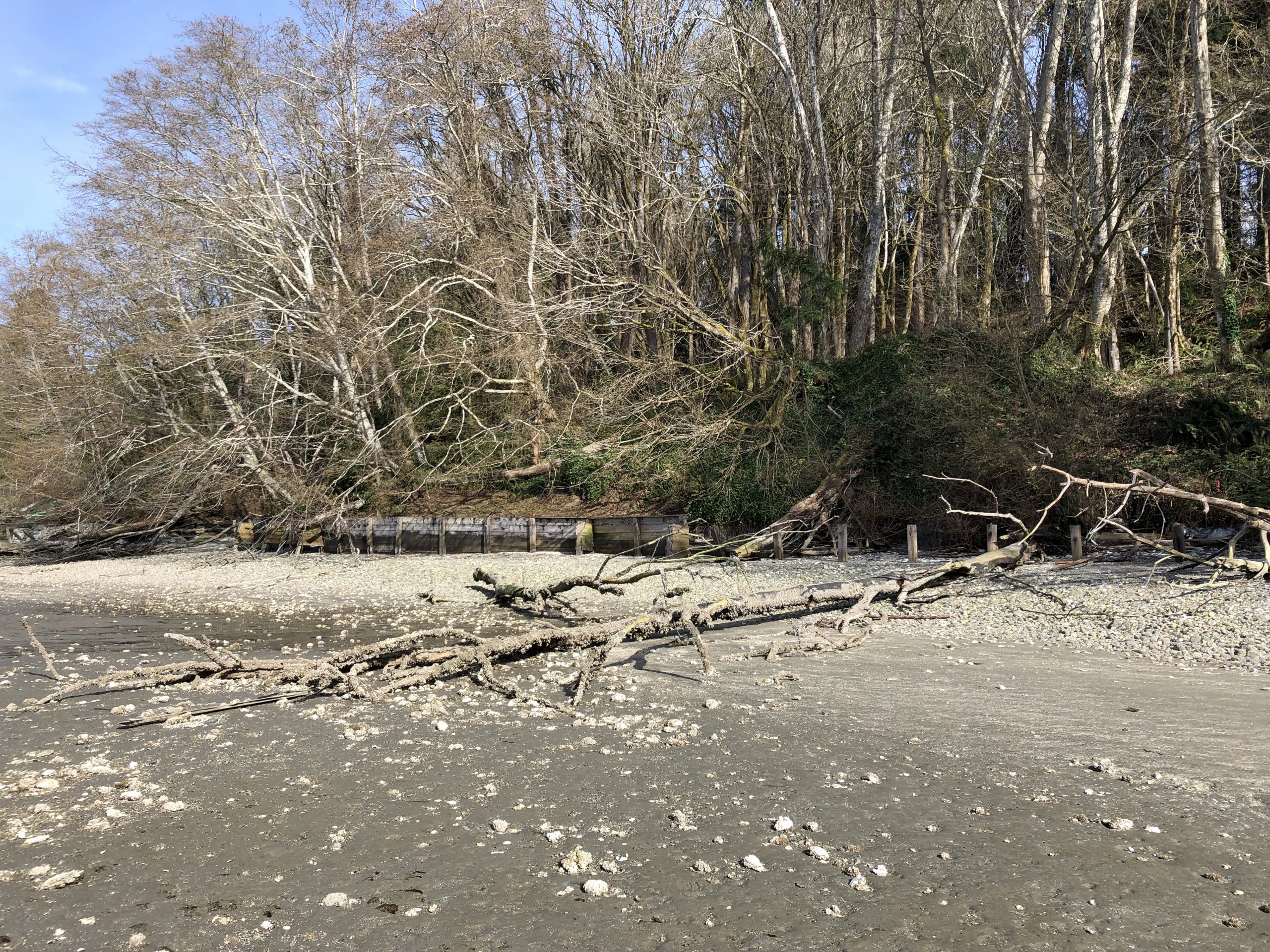
Henderson Bay Armor Removal, WA (2024)
This project will remove up to 700 feet of shoreline armor, including creosote-treated wood, on the shoreline of Henderson Bay in Pierce County. The project will benefit forage fish and salmonids in the nearshore by allowing natural shoreline sediment processes. The armore removal will also reconnect up to 12.8 acres of existing mature marine riparian vegetation, providing shade and organic debris to the nearshore. Sponsor: Pierce Conservation District
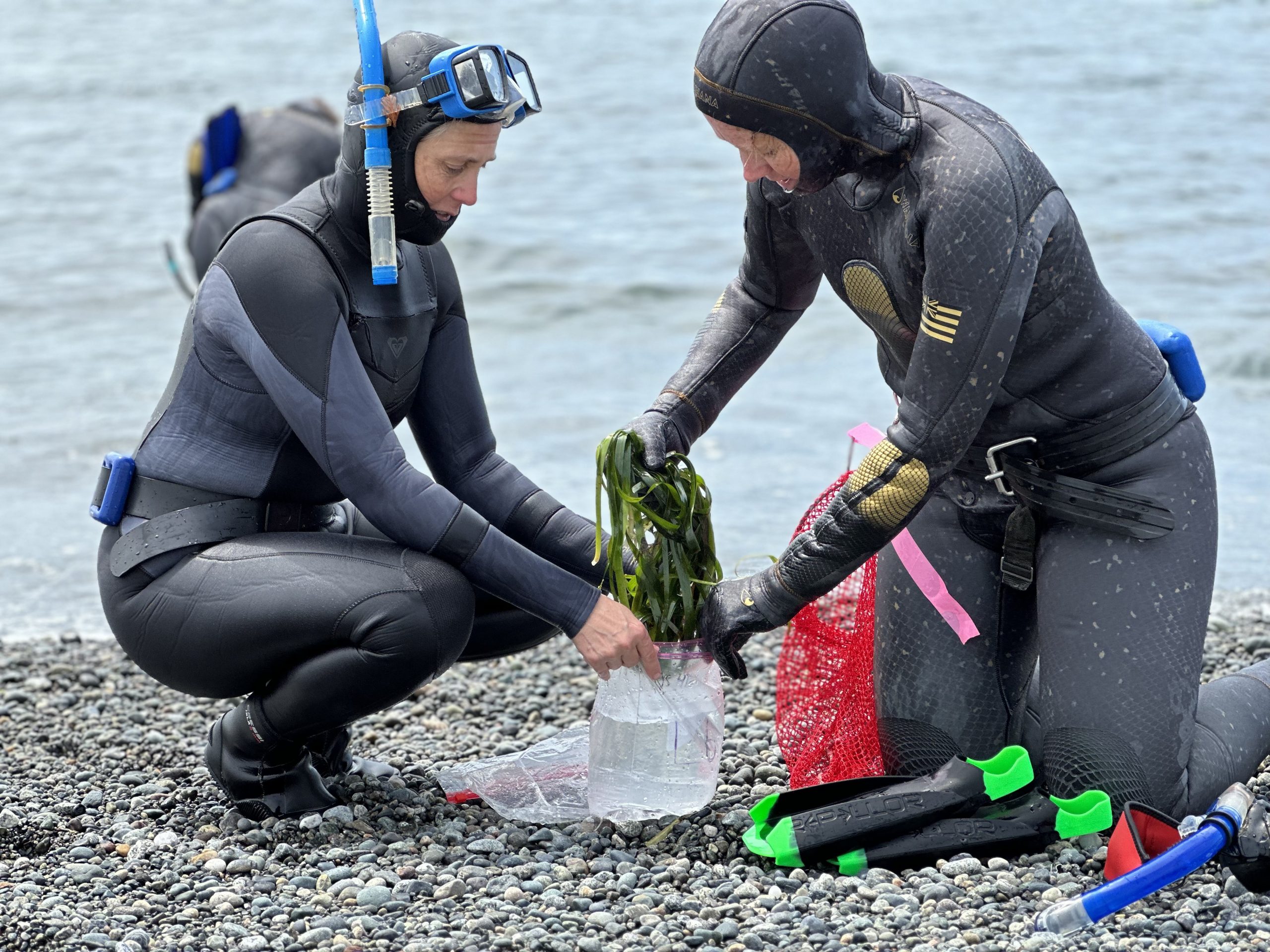
San Juan County, Eelgrass Health Assessment and Conservation Project, WA (2024)
This assessment project will provide data on eelgrass distribution and health to inform strategic fish habitat protection and restoration efforts in San Juan County, Washington and beyond. The assessment includes field surveys and mapping of eelgrass habitat, distribution, and depth data; eelgrass disease and fish presence data; a 20-year change analysis for eelgrass habitat:and in identification of resilient and at-risk eelgrass habitats. Sponsor: Friends of the San Juans
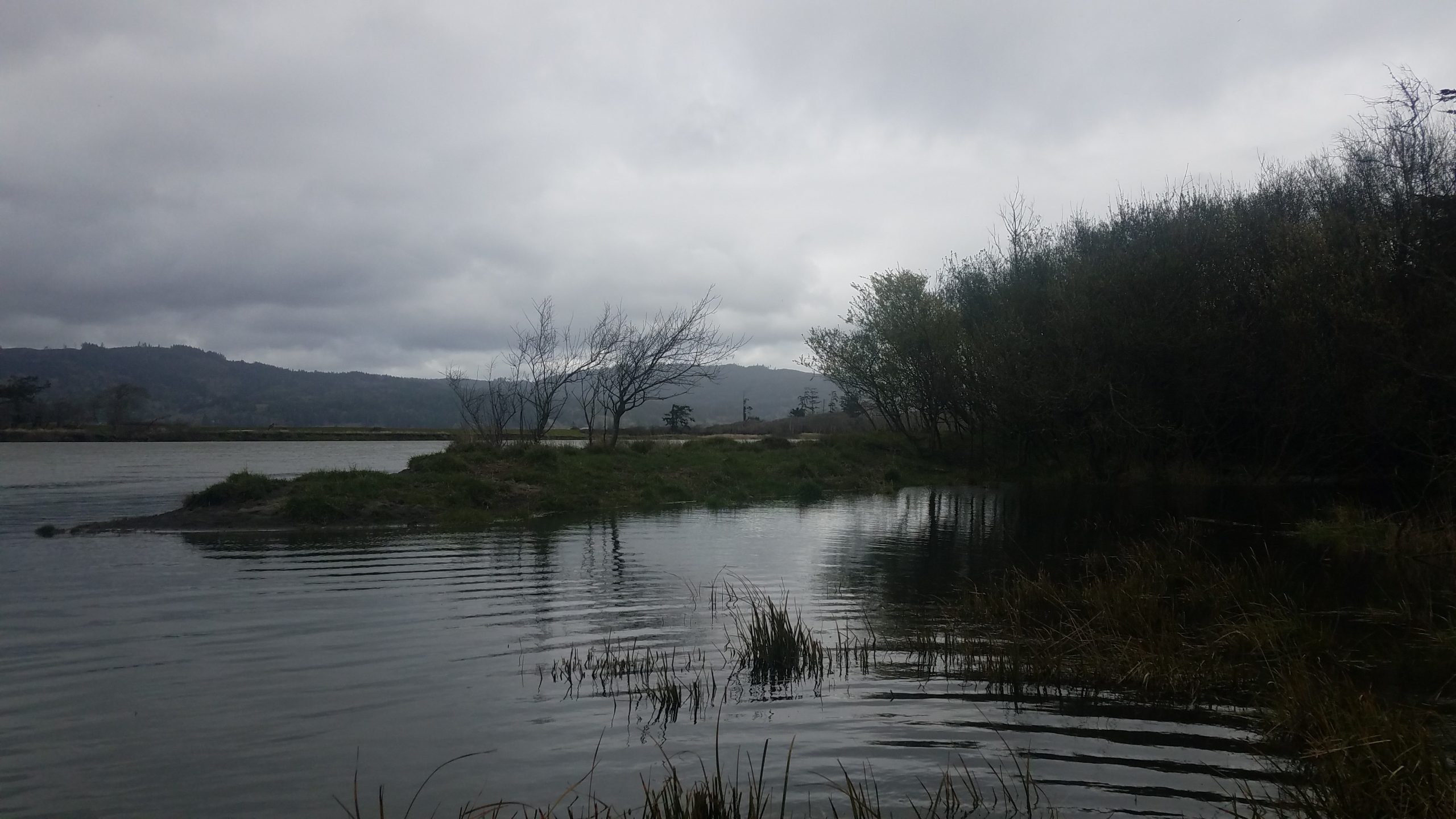
Smith River Estuary Backwater Habitat Enhancement Project, CA (2023)
The project will enhance a naturally occurring backwater feature on the south bank of the Smith River estuary, benefitting Southern Oregon and Northern Coastal California ESU Coho salmon, SONCC Chinook salmon, and Klamath Mountain Province Steelhead. The project will increase channel complexity along the mainstem Smith River and addresses impaired estuary function by increasing the quantity and quality of off-channel slow water rearing habitat and benefit up to 8,000 outmigrating Coho salmon smolts. Sponsor: Smith River Alliance
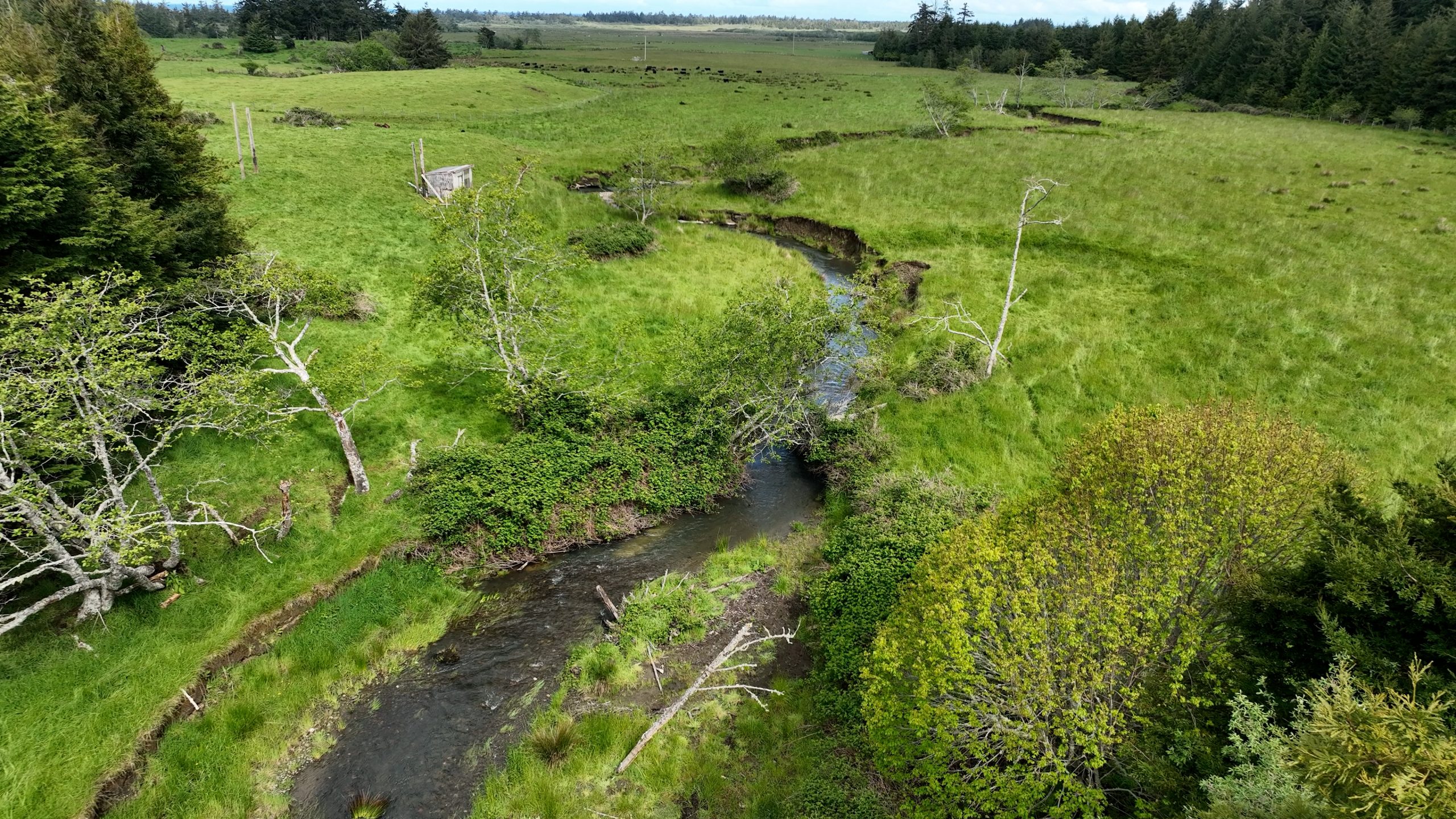
Blowers Ranch Morton Creek Restoration, OR (2023)
Project activities will restore channel processes, floodplain connectivity, instream and off-channel habitat, and 19 acres of native riparian forest on 2,500 feet of Morton Creek, which at present, is deeply incised and severely impacted by grazing. Restoration will enhance rearing, spawning, and migration habitat for coho salmon and steelhead; as well as Pacific lamprey. Restoration will improve water quality and reduce sedimentation in ~470 acres of freshwater wetland adjacent to the New River estuary. Project will also install riparian fencing and off-channel water to facilitate livestock grazing outside the stream corridor. Sponsor: Curry Soil and Water Conservation District
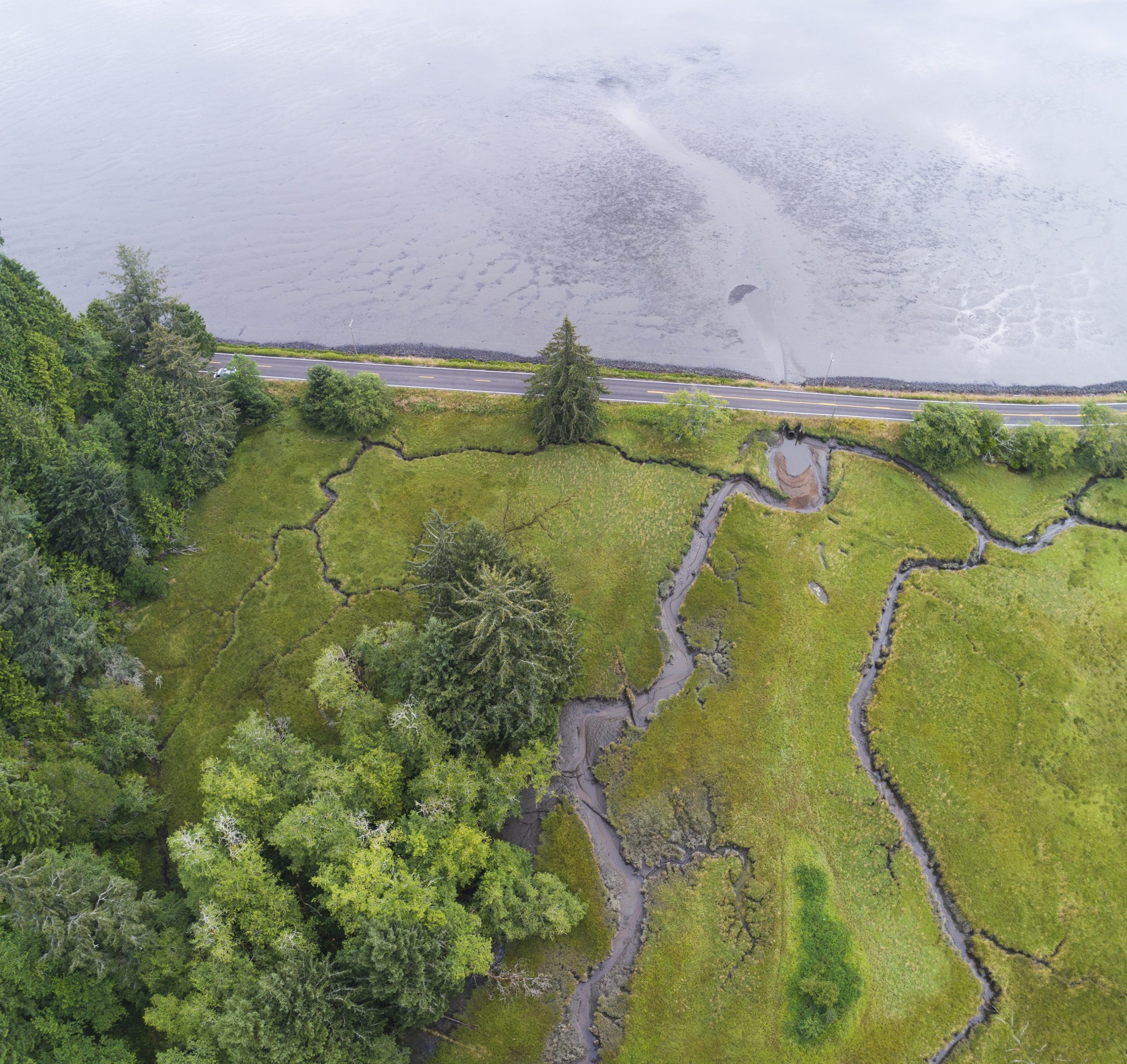
Flower Pot Creek Fish Passage and Tidal Reconnection Project, OR (2023)
Flower Pot Creek is a tributary flowing directly into Tillamook Bay. The Flower Pot Creek Fish Passage and Tidal Reconnection project will improve connectivity to approximately 1.4 stream miles and 14.6 acres of tidally influenced wetland. By replacing an undersized, deteriorating culvert with a bridge and streambed simulation, the project will correct a fish passage barrier and allow for natural tidal and steam functions to occur. This culvert is highly ranked on the Salmon SuperHwy priority list and the adjacent wetlands are ranked medium-high priority in the Tidal Wetlands Prioritization for Tillamook Bay. Sponsor: Trout Unlimited
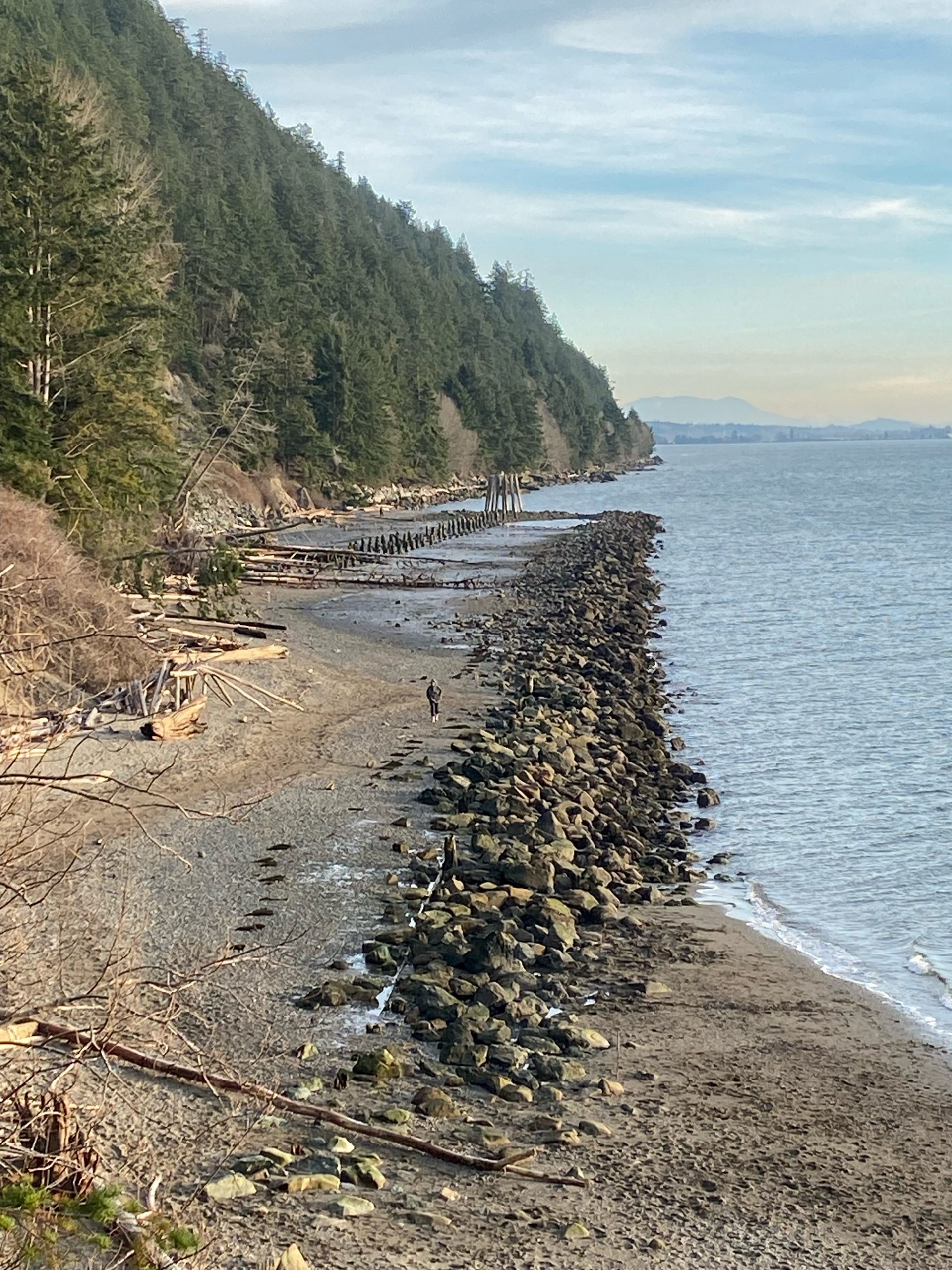
Clayton Beach Nearshore Restoration Project, WA (2023)
The project will remove 1,200LF of shore armor and pilings to improve sediment transport processes and allow for landward translation of eelgrass beds and nearshore habitats to adapt to sea level rise. The project will restore over 9 acres of beach, backwater, and riparian habitat to improve spawning habitat for surf smelt and Pacific sand lance, improve public access to Clayton Beach, and provide interpretation of cultural and historical uses and ecosystem dynamics. Sponsor: Northwest Straits Marine Conservation Foundation
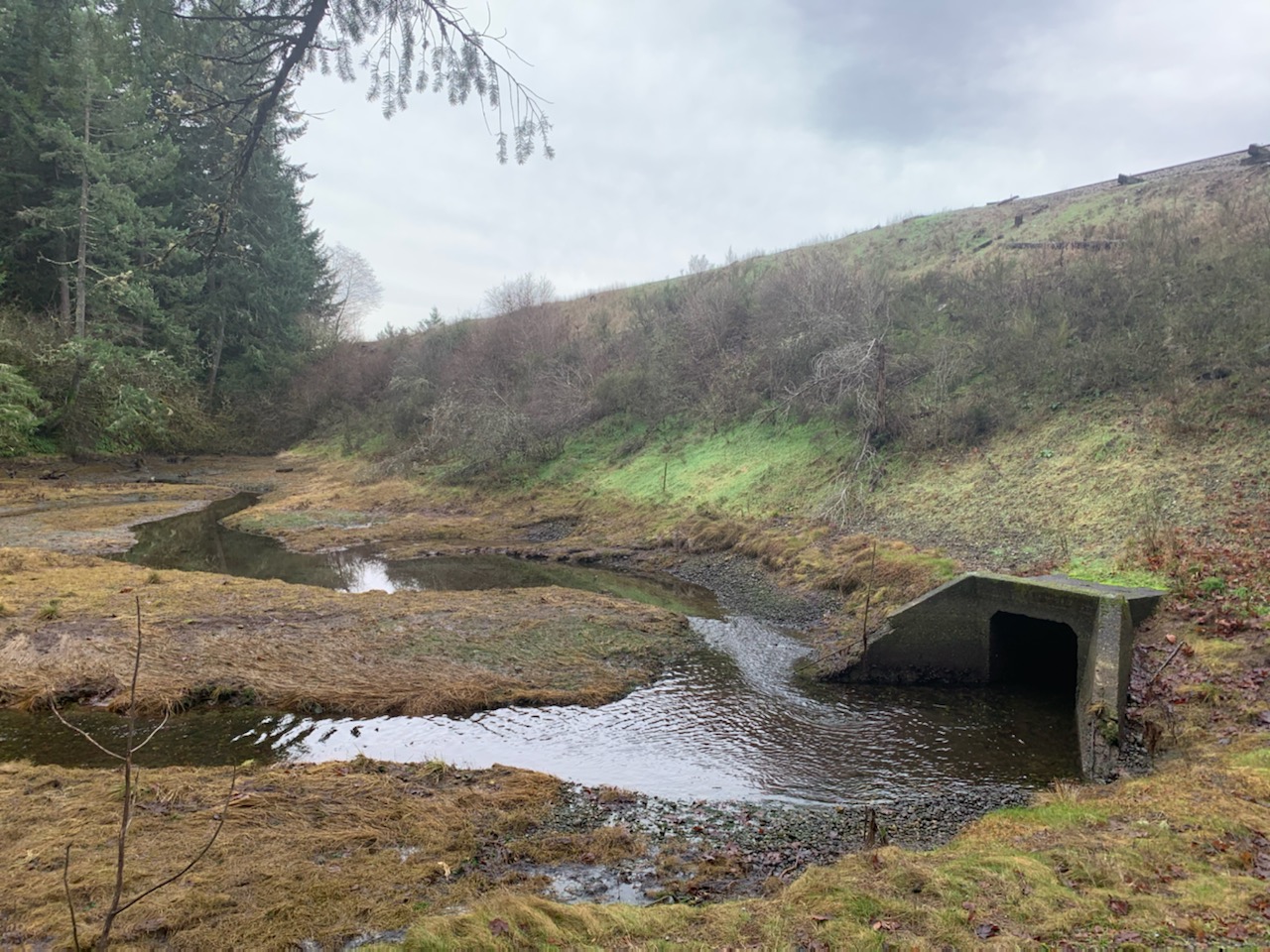
Sequalitchew Creek Estuary Restoration Design Alternatives, WA (2022)
This work will address the restoration of full fish passage through the Burlington Northern and Santa Fe Railway, tidal hydrology and sediment inputs to the shoreline, floodplain connection and off-channel habitat, juvenile rearing, osmoregulation, and foraging habitats, and submerged aquatic vegetation and habitats to support forage fish and natural tidal marsh habitats. Additionally, biological and hydrological data will be collected for the Sequalitchew Creek Basin, improving established baseline conditions to support successful restoration and monitoring. Sponsor: South Puget Sound Salmon Enhancement Group.
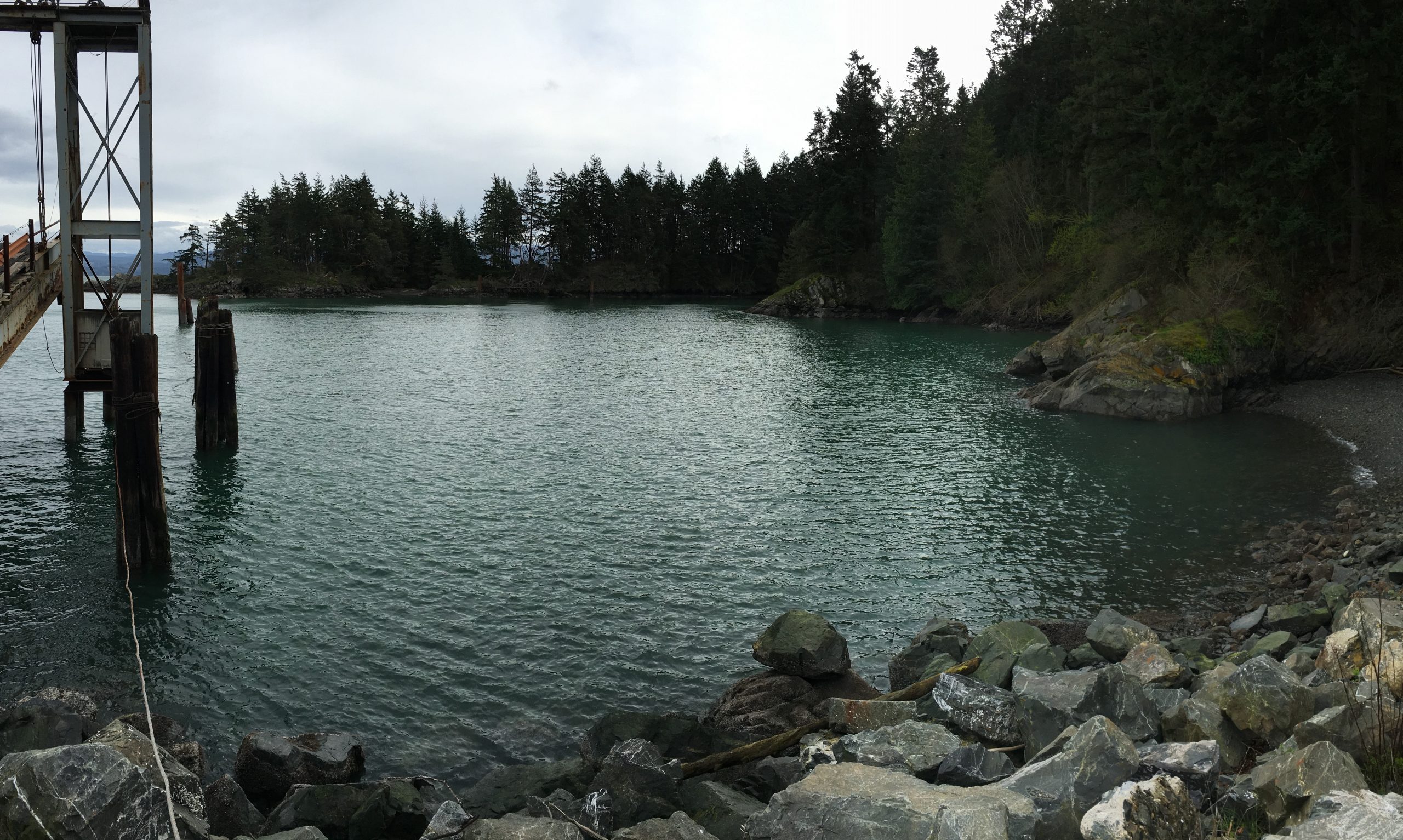
Aiston Preserve Nearshore Restoration, WA (2022)
This project will revegetate upland marine riparian areas, reconnecting the adjacent upland and nearshore habitats. These efforts will provide shade, structure, and stability to the shoreline to benefit a variety of PMEP focal species and USFWS-listed species. Other specific actions will include enhancing and restoring nearshore processes, restoring the formerly armored shoreline, and creating and enhancing pocket beaches. Improving connectivity in the system will improve conditions for kelp and eelgrass beds, improving habitats for forage fish and migrating juvenile salmon. Sponsor: Lummi Island Heritage Trust.
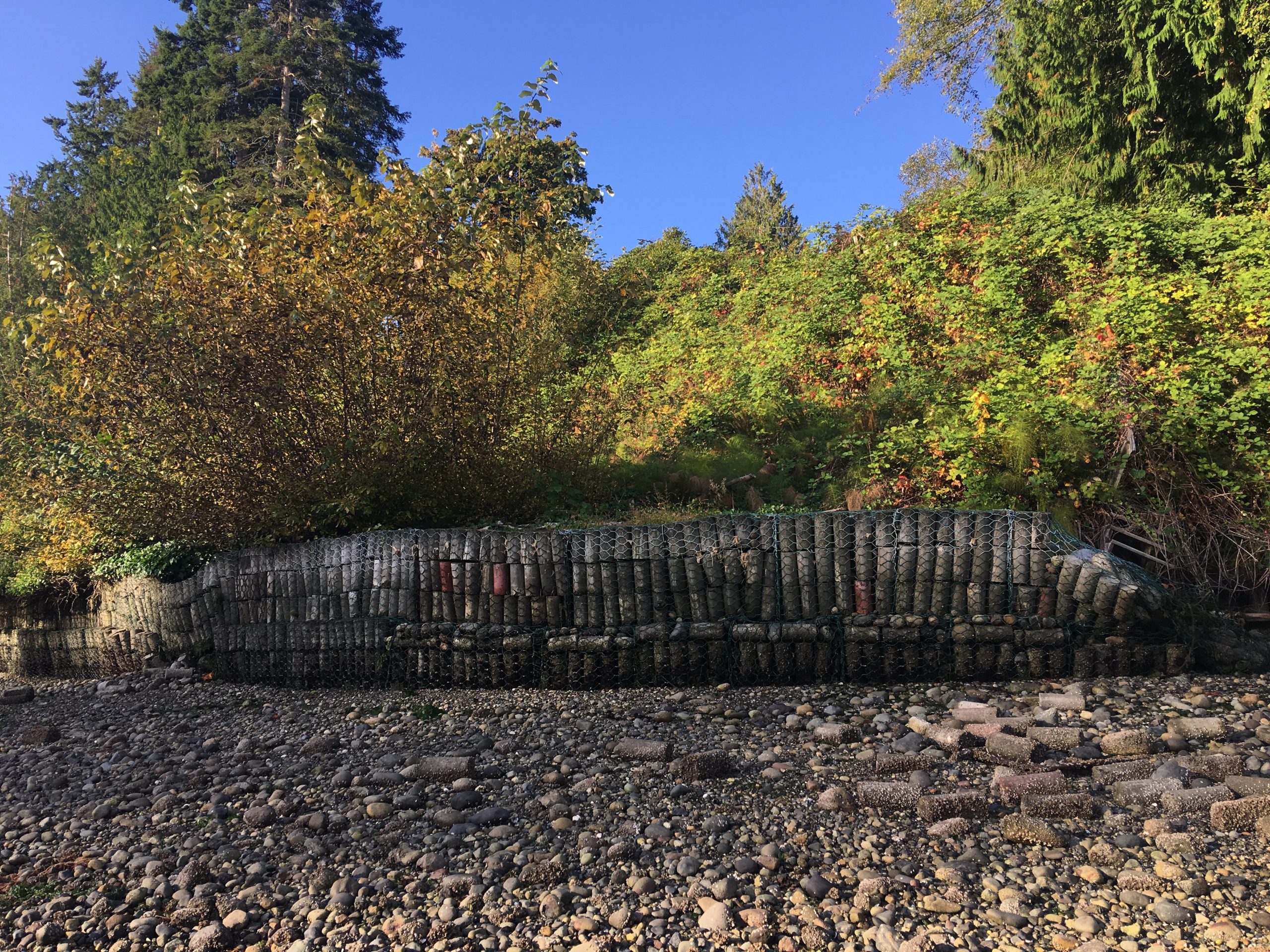
Zangle Cove Restoration, WA (2022)
This project will remove residential marine waterfront armor on a small embayment located on a private residential waterfront property situated along Dana Passage in South Puget Sound, restoring coastal processes and improving intertidal estuarine habitat, and will provide a demonstration of residential armor removal in South Puget Sound and help reverse the trend of armoring while showing that natural shorelines are a viable alternative in Thurston County where over 42% of the residential shoreline is currently modified. Sponsor: Thurston Conservation District.
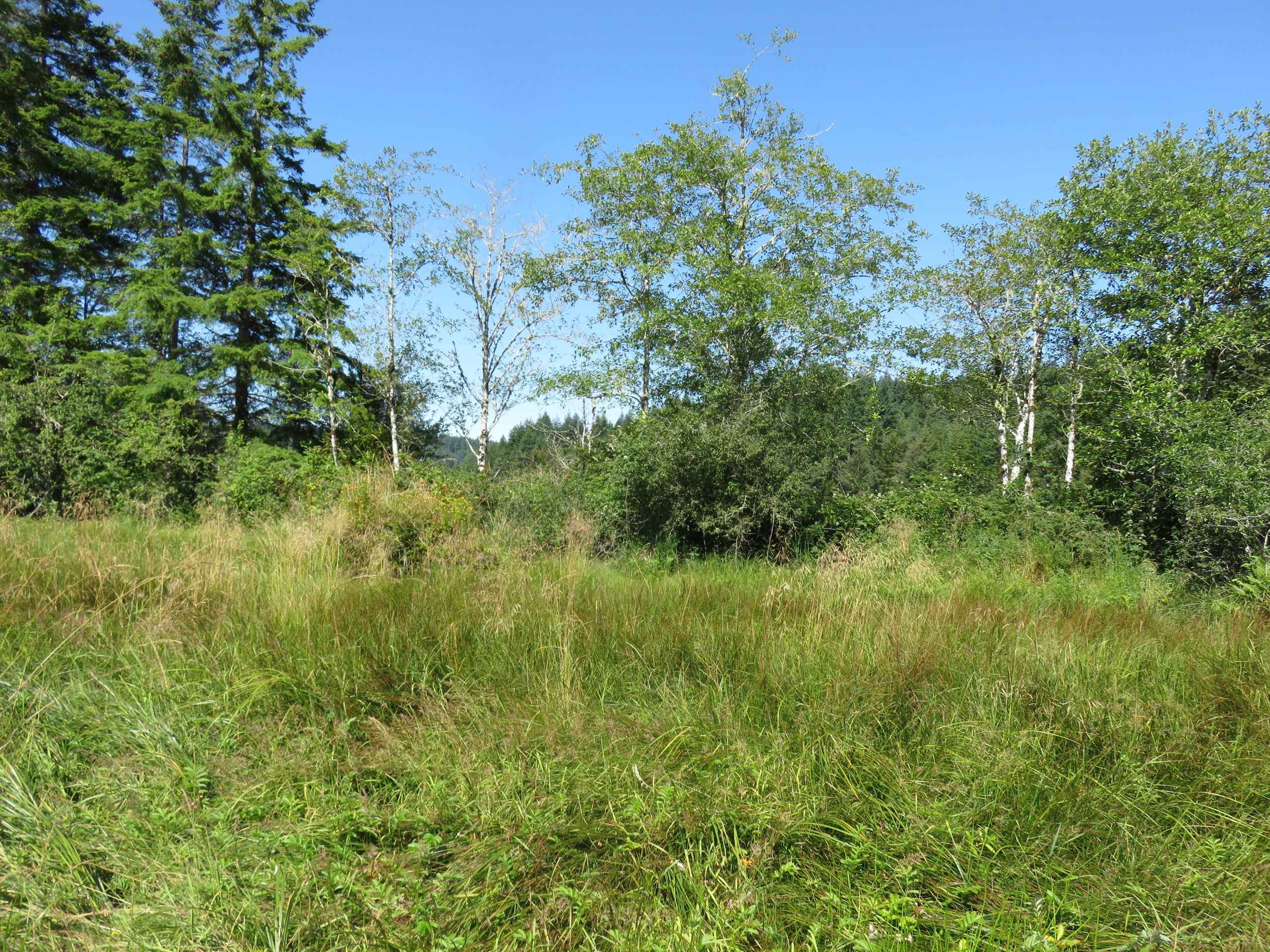
Restoring Tidal Swamp, Marsh and Connectivity- Yaquina Estuary, OR (2021)
This project will restore tidal marsh and swamp habitat by removing fill from an old road grade to restore tidal connectivity, restoring 0.21 acres of tidal marsh, and restoring tidal swamp habitat on 3.53 acres by removing invasive species, placing nurse logs, seeding/planting native species, and monitoring survival of plants to inform additional work in high priority wetlands in conservation ownership in the Yaquina (233 acres) and Alsea (290 acres) estuaries. Sponsor: MidCoast Watersheds Council.
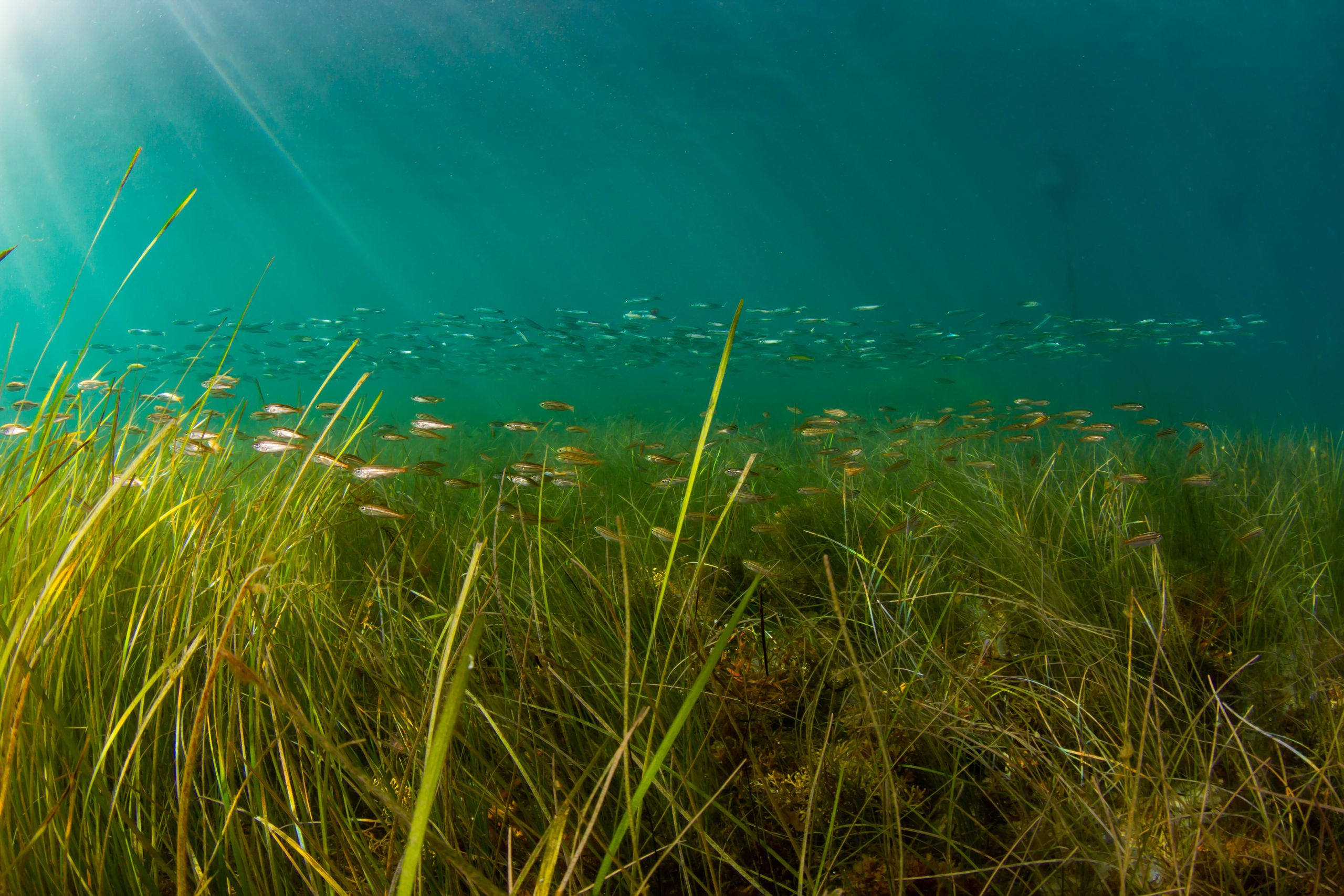
Catalina Island Eelgrass Restoration, CA (2021)
Eelgrass meadows are both highly productive and critical habitats that provide immense ecosystem benefits. However, they are experiencing staggering declines worldwide due to compounded global and local stressors. The Catalina Island Eelgrass Restoration Project will restore integral fish habitat connectivity on Catalina Island by transplanting 15,000 ft2 of Zostera marina (common eelgrass) to a cove that historically supported Z. marina. This project also aims to inform the efficacy of open coast eelgrass restoration throughout the Southern California Bight (SCB). Sponsor: The Bay Foundation
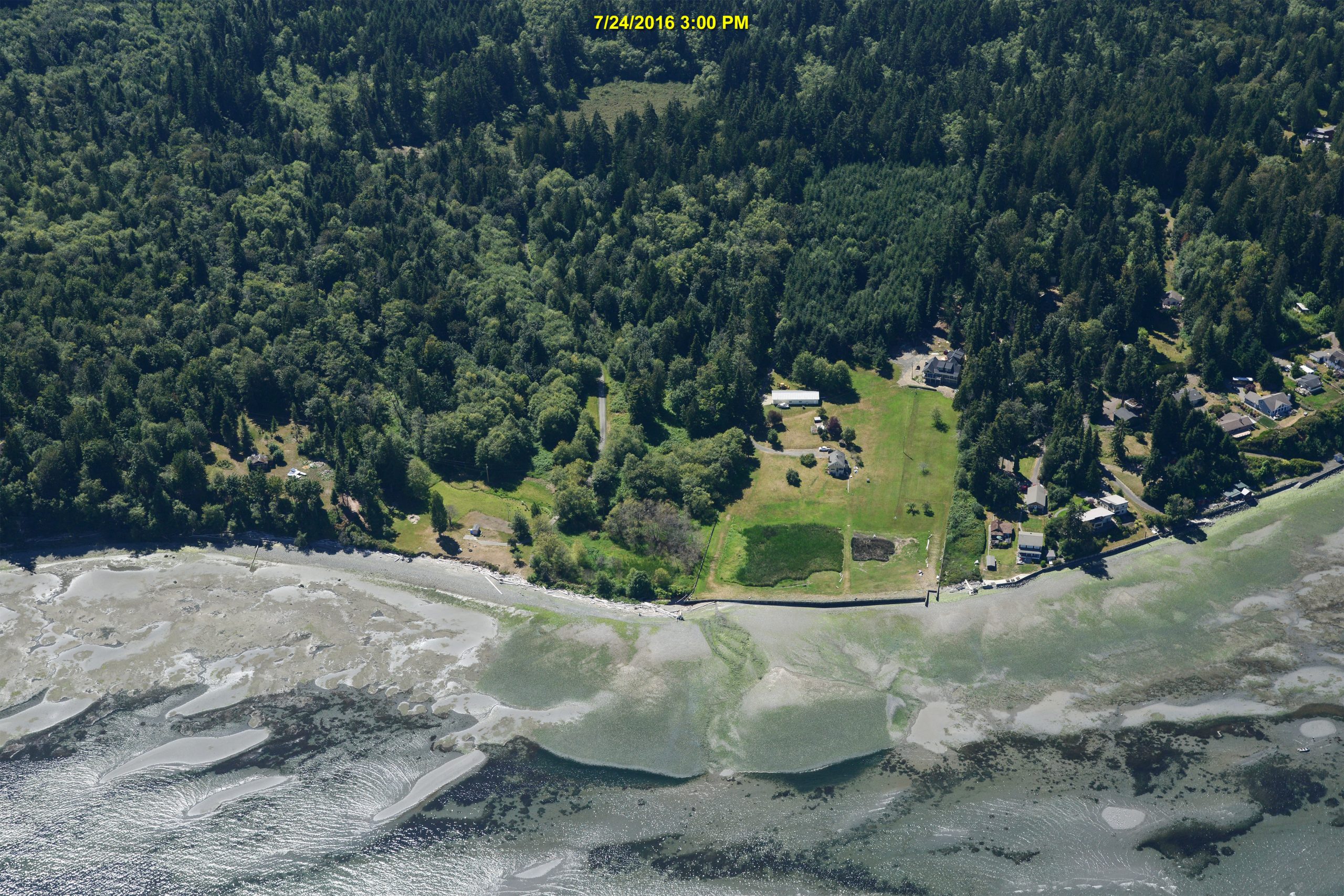
Rose Point Embayment Restoration, WA (2021)
The Rose Point estuary restoration project will recreate a historic embayment estuary for juvenile salmon along the West Sound in north Kitsap County, Washington. The project will remove 770 feet of creosote bulkhead, restore tidal connectivity to a freshwater marsh, and reconnect a stream to the estuary. Sponsor: Mid Sound Fisheries Enhancement Group
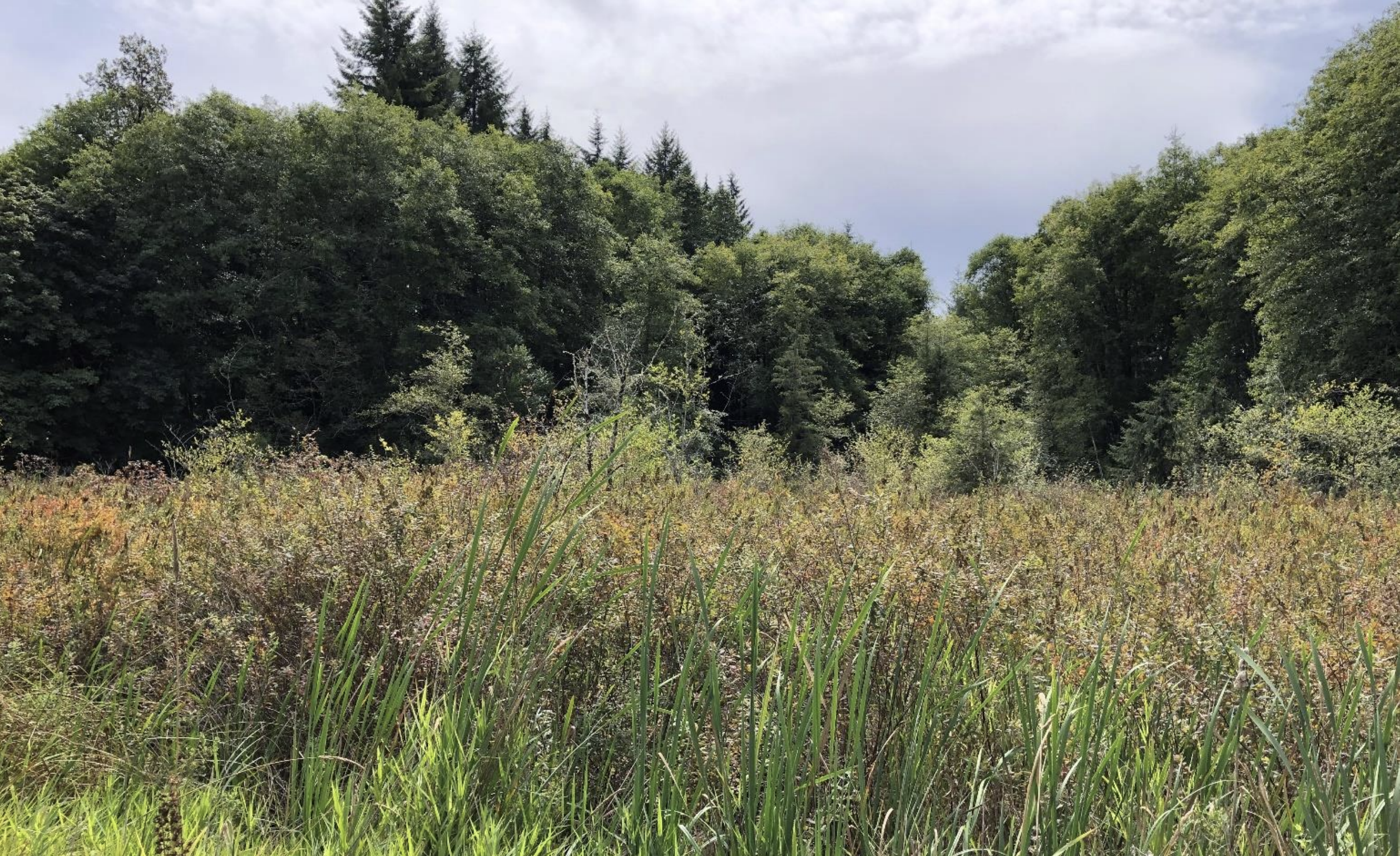
Blind Slough Wetland Reconnection, OR (2021)
This project will reconnect two acres of privately owned wetland habitat to the Blind Slough Sitka spruce swamp. Hydrology between the two properties will be restored by removing a road that Hampton Lumber has identified for decommissioning. The removal of road fill will expand available estuarine habitat in the Lower Columbia River to support rearing and foraging habitat for juvenile Chinook, chum, coho, steelhead and other aquatic species. Sponsor: North Coast Watershed Association
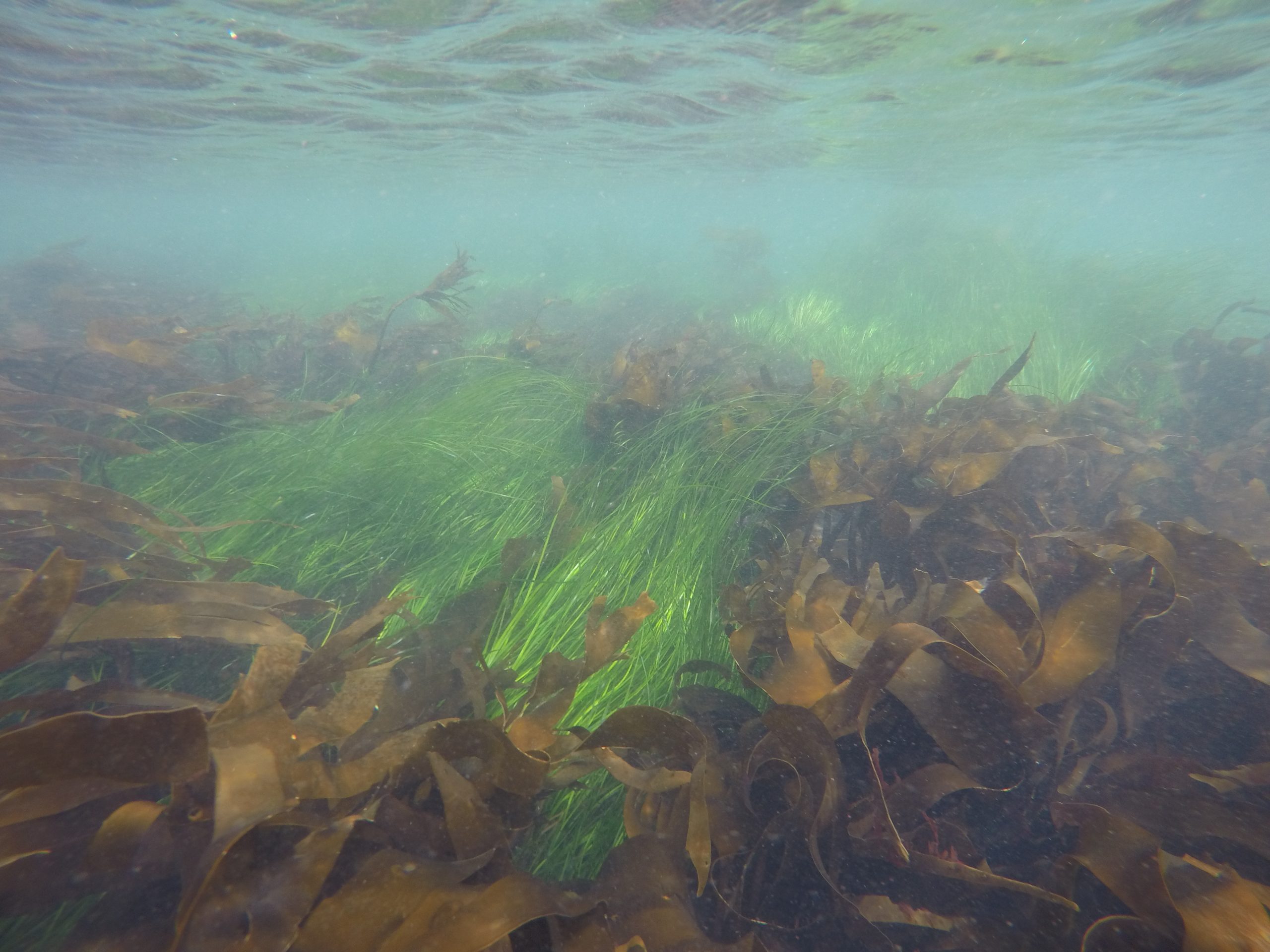
A regional scale assessment of fish habitat along the nearshore of greater Puget Sound, WA (2020)
This project is a regional scale assessment of fish habitat along the nearshore of greater Puget Sound. Project sponsors will analyze previously collected towed underwater imagery from Washington Department of Natural Resources’ eelgrass monitoring program to investigate regional patterns in abundance and depth distribution of marine vegetation types that are recognized indicators of habitat condition. Sponsor: Washington Department of Natural Resources
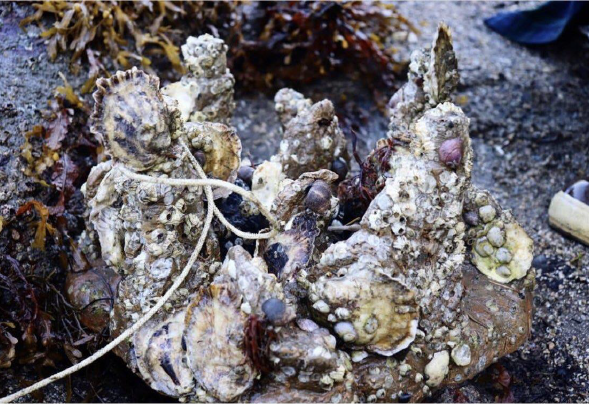
Enhancement of Olympia oysters to provide heterogeneous habitat for fish and invertebrates, OR (2020)
The project will increase the ecosystem benefits provided by native Olympia oysters at Coquille Point in Yaquina Bay, Oregon. Scientists from the Oregon Department of Fish and Wildlife will design and fabricate innovative “Olympia oyster havens” constructed from cement and oyster shell, populate them with oyster spat, and evaluate their effectiveness as refuges from predatory crab. Sponsor: Oregon Department of Fish and Wildlife
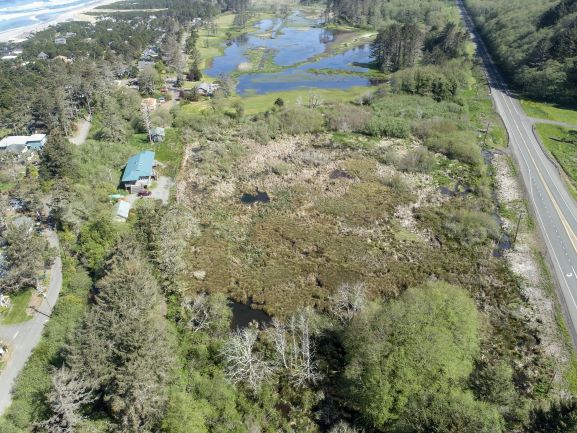
Neskowin Fish Passage Improvement Project, OR (2020)
This project will increase access to 250 acres of riverine estuary, tidal scrub/shrub and tidal forest wetland rearing habitat and 5 miles of spawning habitat for coho salmon, Chinook salmon, chum salmon, steelhead trout, Pacific Lamprey and cutthroat trout. This project will replace three undersized culverts and two tidegates with two 32’ bridges sized to meet federal and state fish passage requirements. Sponsor: Nestucca, Neskowin & Sand Lake Watersheds Council
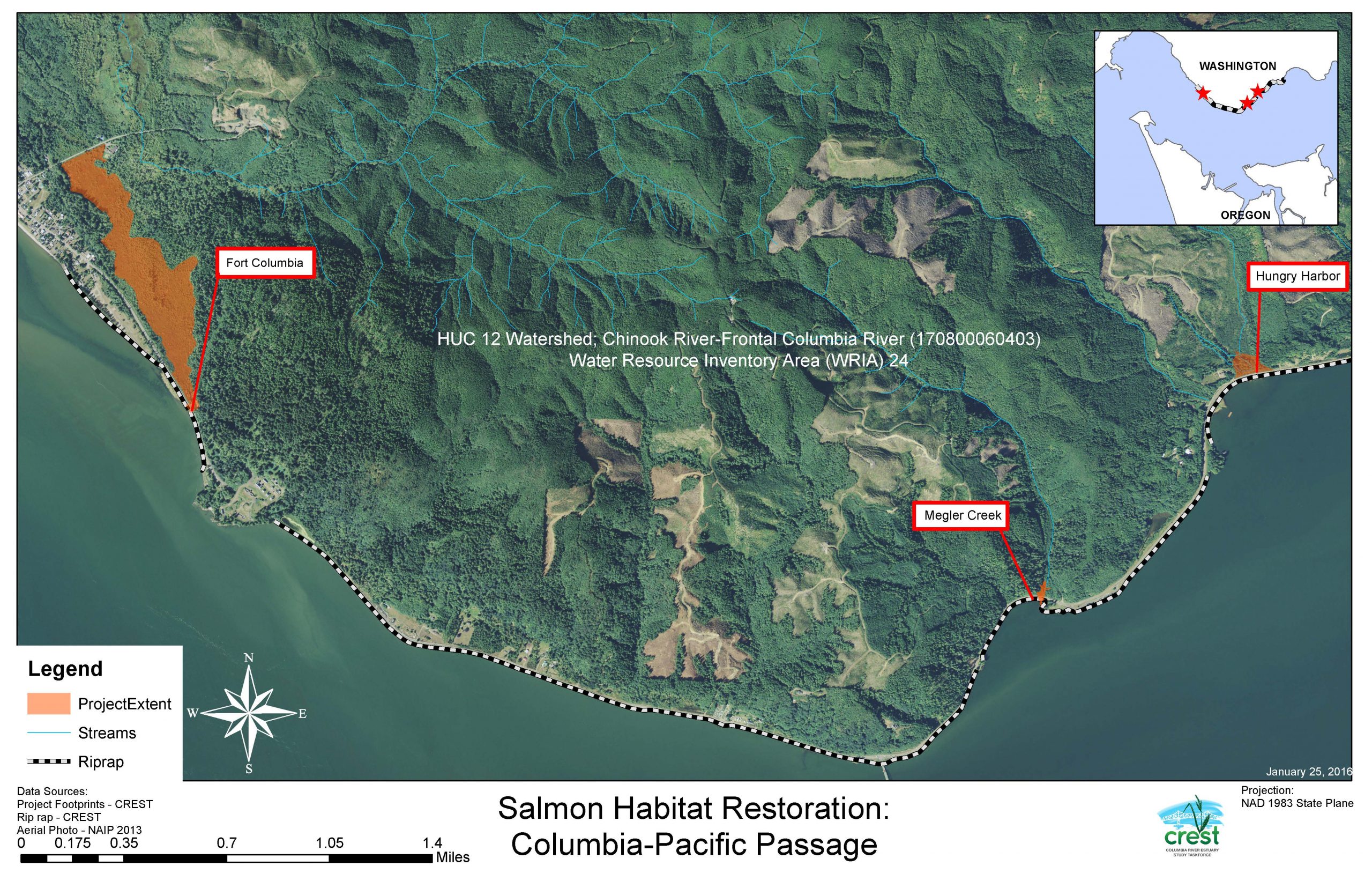
Columbia-Pacific Passage, Hungry Harbor Restoration, WA (2020)
The project will improve fish passage and off-channel rearing habitat at Hungry Harbor, located near the mouth of the Columbia River Estuary in Pacific County, Washington. The project replaces a fish barrier and with a 100% passable structure to restore fish passage and connectivity to 4.4 acres of tidal rearing habitat and 1.5 miles of spawning habitat. Sponsor: Columbia River Estuary Study Taskforce
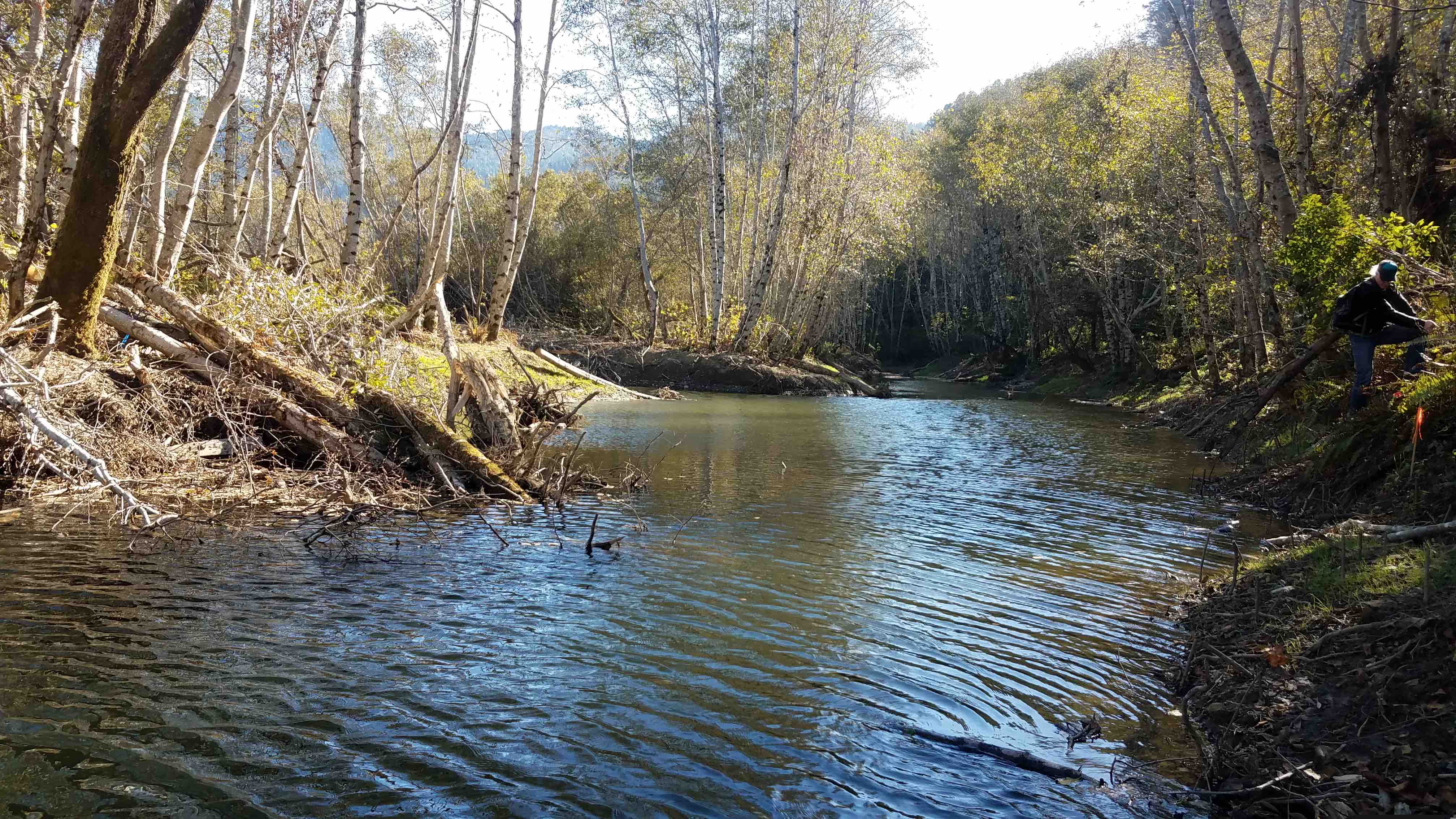
Mattole River Estuary Middle Slough Restoration, WA (2019)
The Mattole River Estuary Middle Slough Restoration Project will restore off channel slough habitat adjacent to the Mattole Estuary, providing connectivity to 800 ft. of previously restored slough habitat and the Mainstem/Estuary of the Mattole River. The project is part of a 10-year restoration plan for the Mattole Estuary and Lower Mattole River developed cooperatively by the Bureau of Land Management in collaboration with the Mattole Restoration Council, Mattole Salmon Group, U.S. Fish and Wildlife Service and the California Department of Fish and Wildlife. Sponsor: Mattole Restoration Council
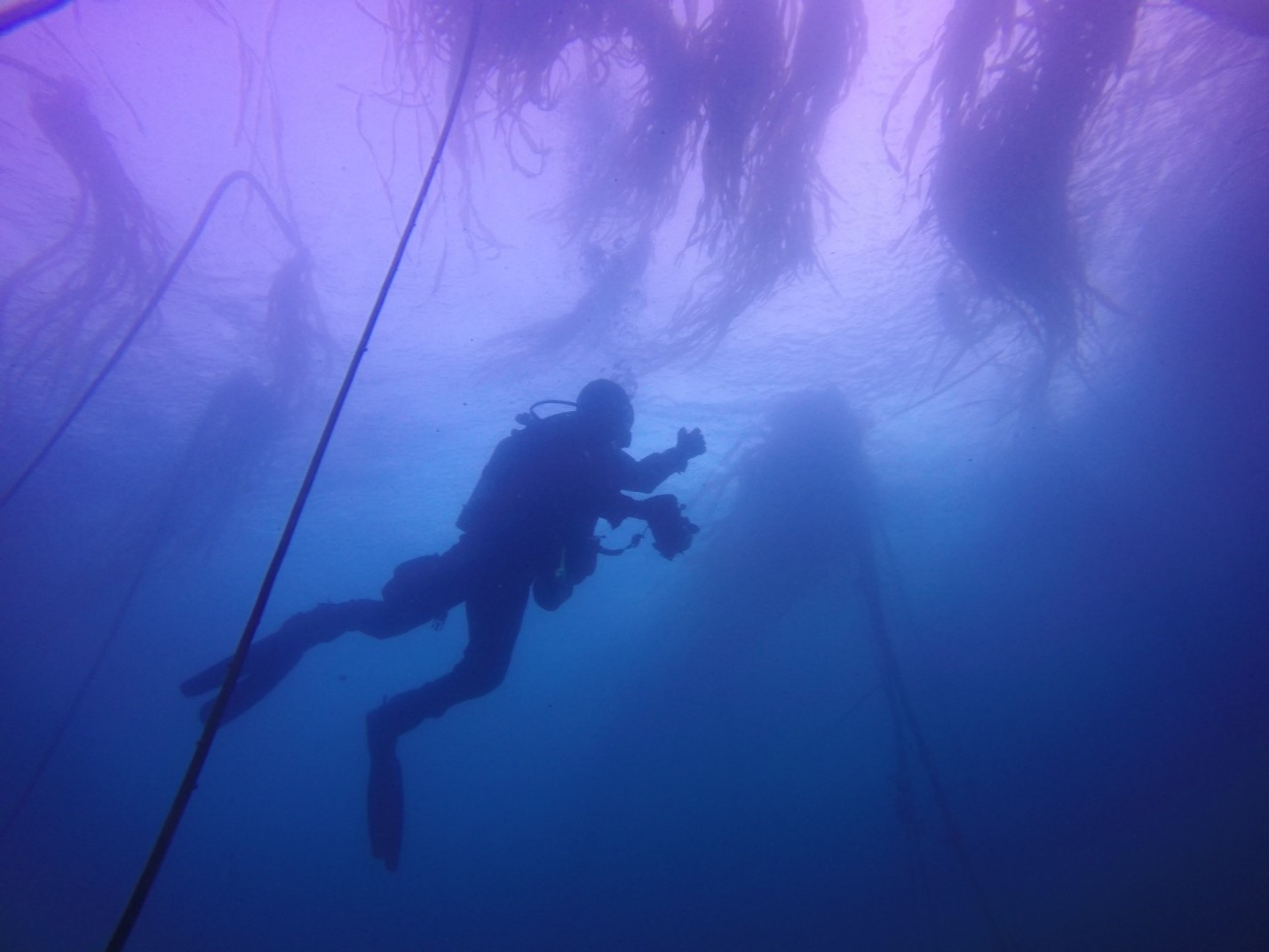
Assessment and mapping of seagrass and macroalgae kelp habitats, OR (2019)
Photo credit: ODFW
The purpose of this project is to map seagrass and kelp habitats using previously collected data from monitoring surveys conducted by the Oregon marine reserve program. The project will also note the presence of juvenile fishes that are associated with the target habitats using the available monitoring data. The project will focus on two marine reserve sites, Otter Rock Marine Reserve and Redfish Rocks Marine Reserve. Sponsor: The Nature Conservancy
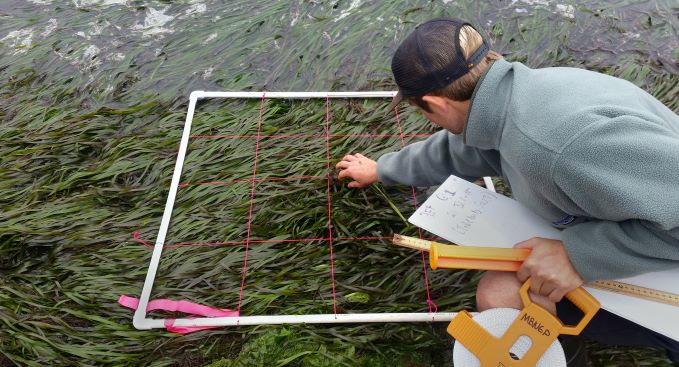
Eelgrass Expansion in the Morro Bay Estuary, CA (2019)
Photo credit: Morro Bay National Estuary Program
The project will expand restoration efforts to restore eelgrass habitat to benefit fish and wildlife in the estuary. The project includes eelgrass transplanting from natural eelgrass recruitment and will target a wide distribution of locations for a total of 42 square meters. Sponsor: Morro Bay NEP
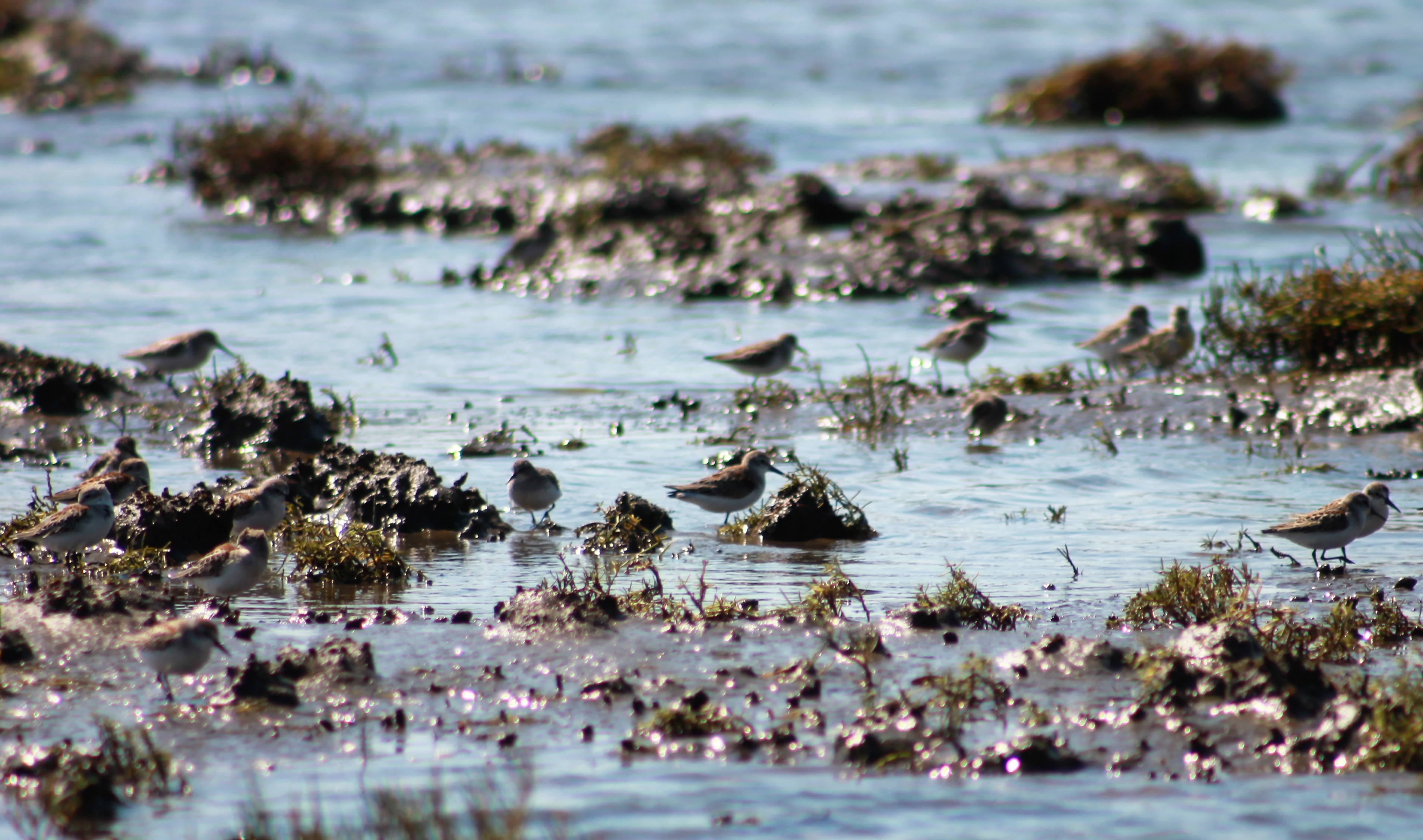
Bear River Estuary Restoration – Phase 5, WA (2018)
Photo credit: Brent Lawrence
The Bear River Estuary Restoration project on Willapa National Wildlife Refuge is helping to rebuild a healthy, functioning, natural system which will benefit a diverse array of species including chum, coho and Chinook salmon, shorebirds, waterfowl and other migratory birds. The project removed over 5 miles of dike, 38 culverts, 2 fish ladders, 2 tide gates, and 2 foot bridges and reconnect 16 stream channels restoring 500 acres of estuarine habitat in Willapa Bay. Sponsor: USFWS
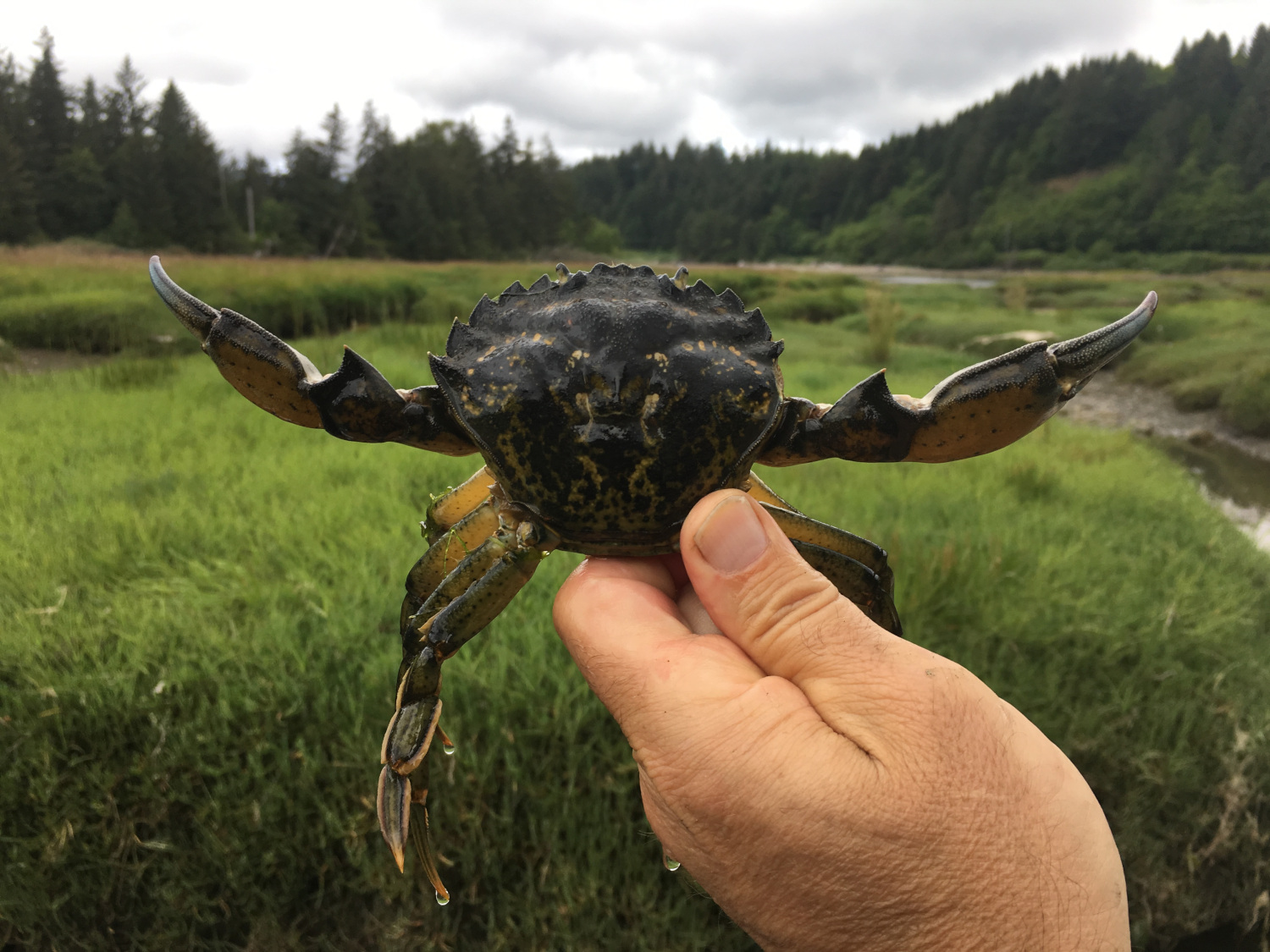
Managing European Green Crab in Makah Reservation Estuaries, WA (2018)
Photo credit: Alan Pleus
Recent identification of European Green Crab on the Makah reservation motivated the Makah Tribe to implement an intensive monitoring and trapping program. PMEP funded the tribe's efforts to conduct annual twice monthly trapping surveys in May-September in several areas of the reservation, including the Wa’atch and Tsoo-Yess estuaries, areas of rocky intertidal habitat adjacent to the river mouths in Makah Bay, and in the nearshore waters of Neah Bay. Sponsor: Makah Tribe
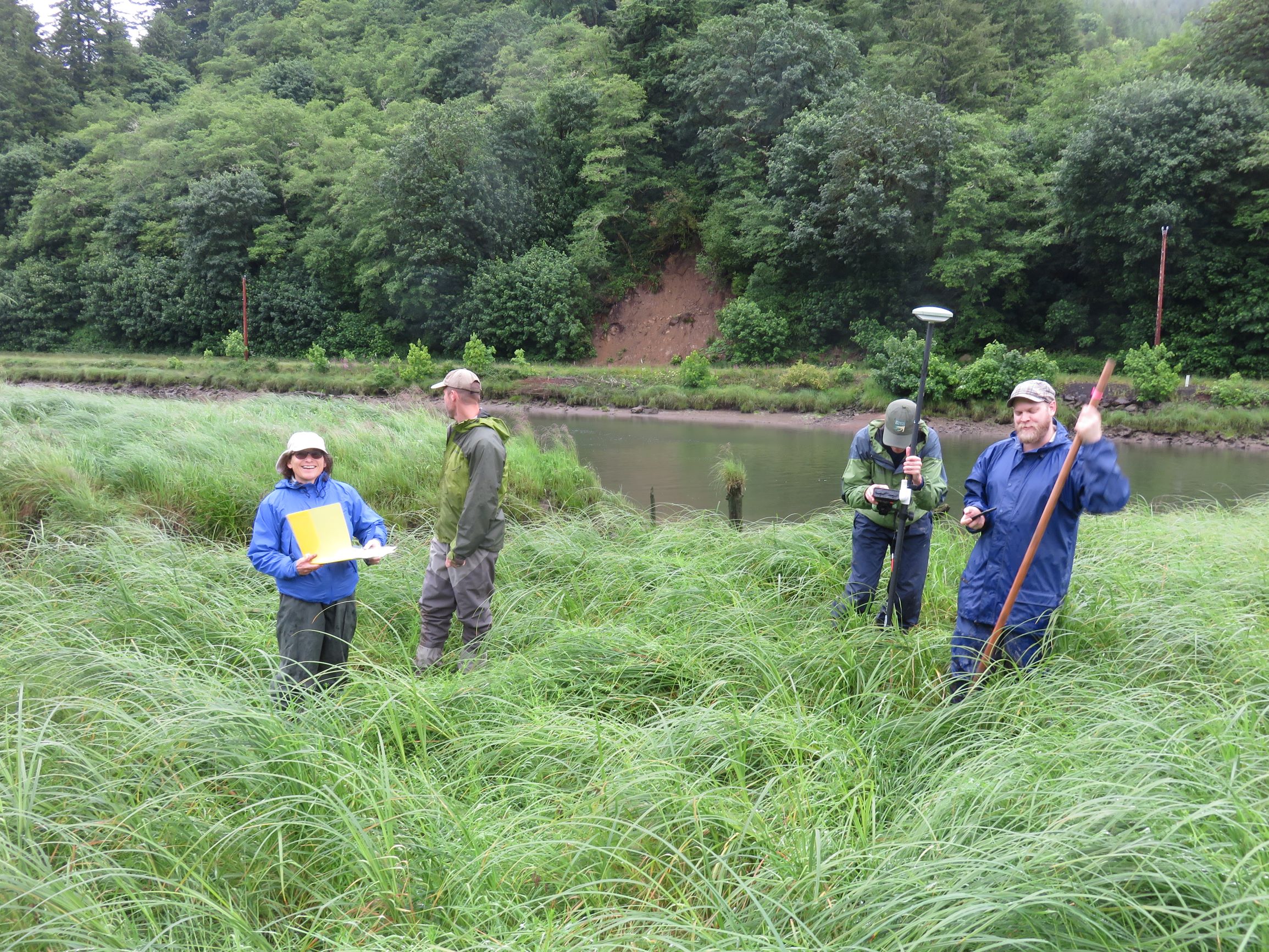
Yaquina Bay Tidal Restoration, OR (2018)
The Yaquina Bay Tidal Restoration project was designed to increase tidal influence, restore hydrological conditions and increase sediment deposition and organic material accumulation to buffer expected sea level rise due to climate change in the Yaquina estuary. The project is part of a larger, 55-acre tidal wetland restoration project. PMEP funds are supporting dike breaching, ditch plugging, and tidal channel excavation.
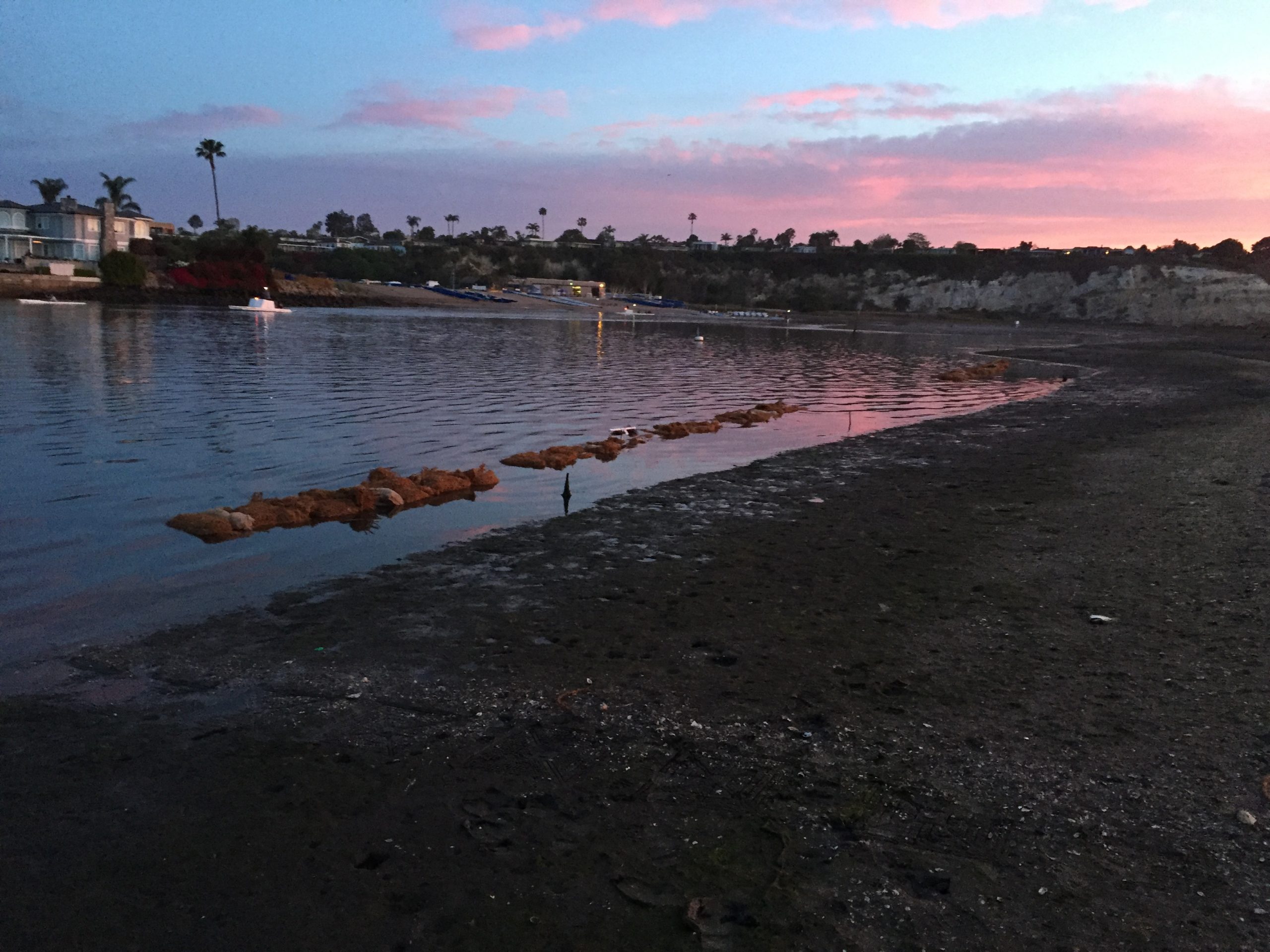
Upper Newport Bay Living Shorelines Project, CA (2017)
PMEP funding will help to integrate native Olympia oyster habitat restoration into a larger multi-species restoration project in the bay. The project has added 240 square meters of oyster habitat and 1,280 square meters of eelgrass habitat. The overall goals of this project are to return these historically present (but currently depleted) species to the area, enhance habitat quality and connectivity for fish and wildlife, improve water quality, control erosion, and help adapt to sea level rise. Sponsor: Orange County Coastkeeper
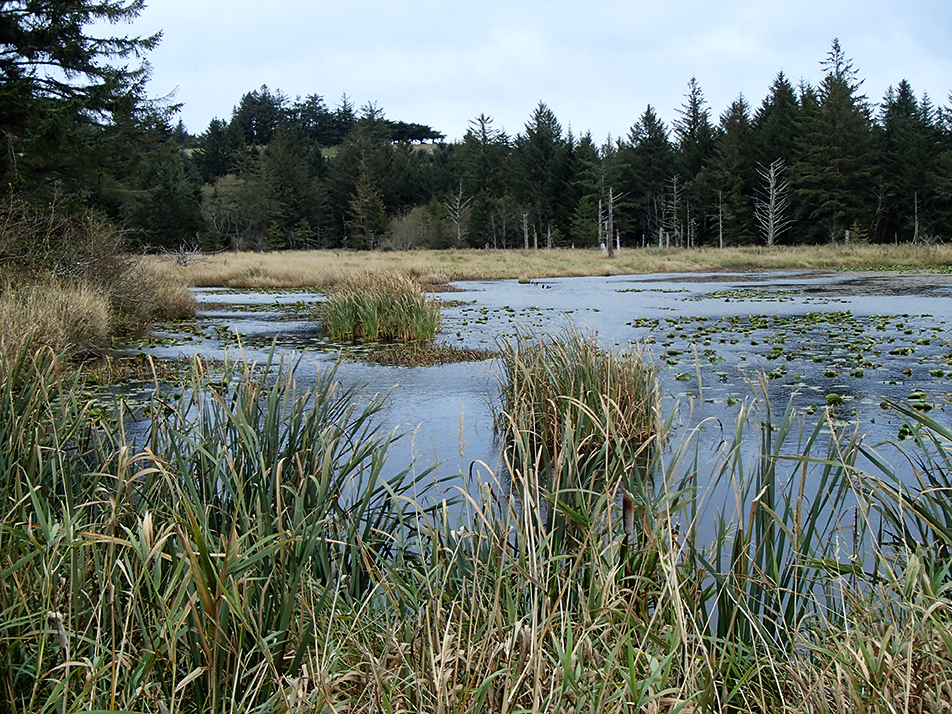
Elk River Coho Winter Rearing, OR (2017)
The Elk River was identified by NOAA Fisheries as important for coho salmon and that the population there is a “High Extinction Risk”. The proposed restoration project will improve juvenile access to Swamp and Cedar Creeks and rearing habitats in these areas, as well as improve the condition of these habitats.
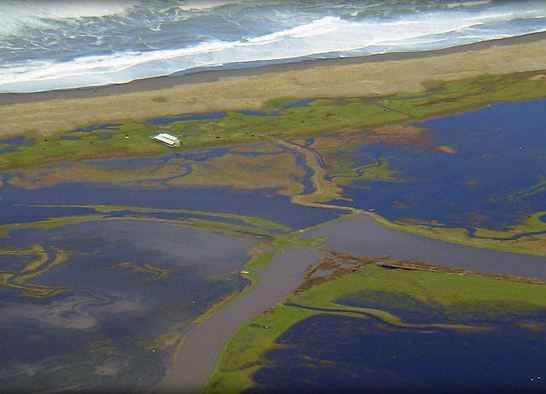
Eel River Estuary and Centerville Slough Enhancement Project, CA (2017)
The project will restore aquatic habitat and tidal marsh on diked historic wetlands and coastal streams, improve drainage efficiency and manage sediment loads to enhance agricultural productivity, and reestablish tidal exchange by restoring Centerville Slough and Russ Creek connectivity.
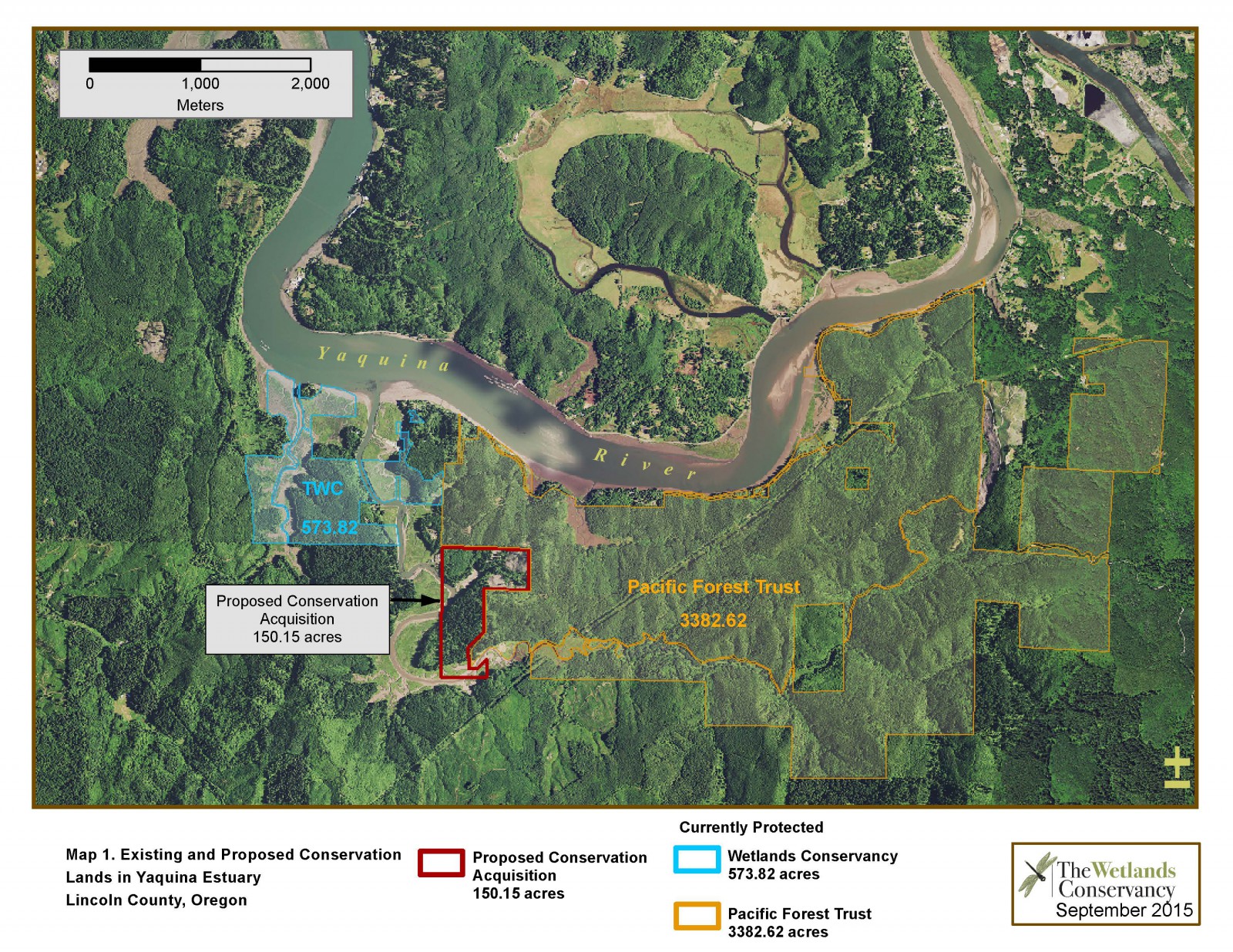
Poole Slough Acquisition, Assessment, and Planning, Yaquina estuary, OR (2016)
The project resulted in permanent conservation of 150 acres in the lower Yaquina estuary, containing estuarine, riparian and upslope forest habitats. Now 80% of the McCaffery and Poole Sloughs are in conserved in perpetuity benefiting a variety of PMEP focal species.
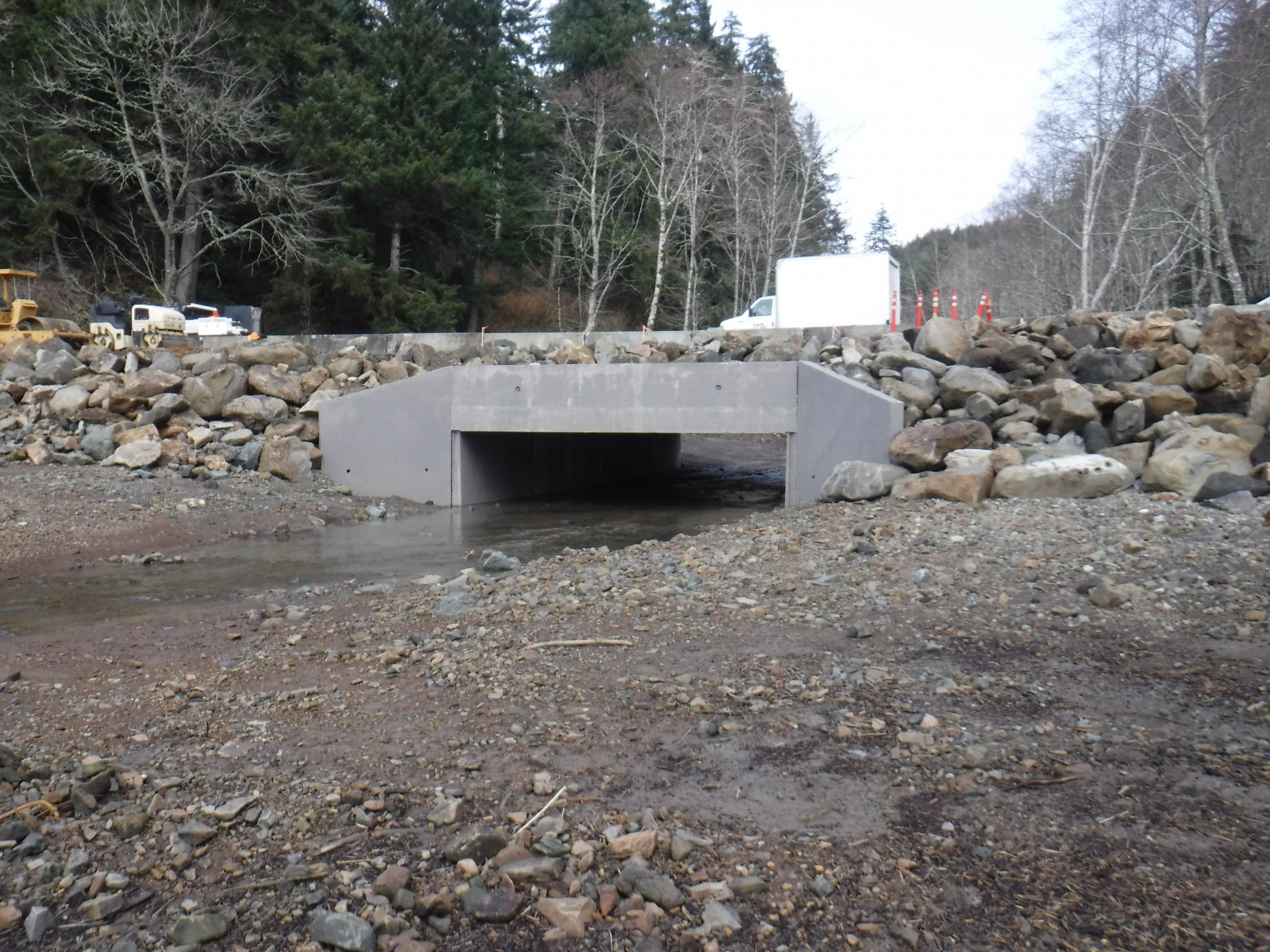
Columbia-Pacific Passage Habitat Restoration at Megler Creek, Columbia River Estuary, WA (2016)
Extensive historical alterations of the shoreline in the Columbia River have eliminated the majority of off-channel foraging and rearing opportunities for fish. This project replaced an undersized culvert to enhance fish passage and improve access to 2.2 miles of upstream spawning habitat, as well as improve off-channel rearing habitat by enhancing tidal connection to 1.3 acres of estuarine wetlands.
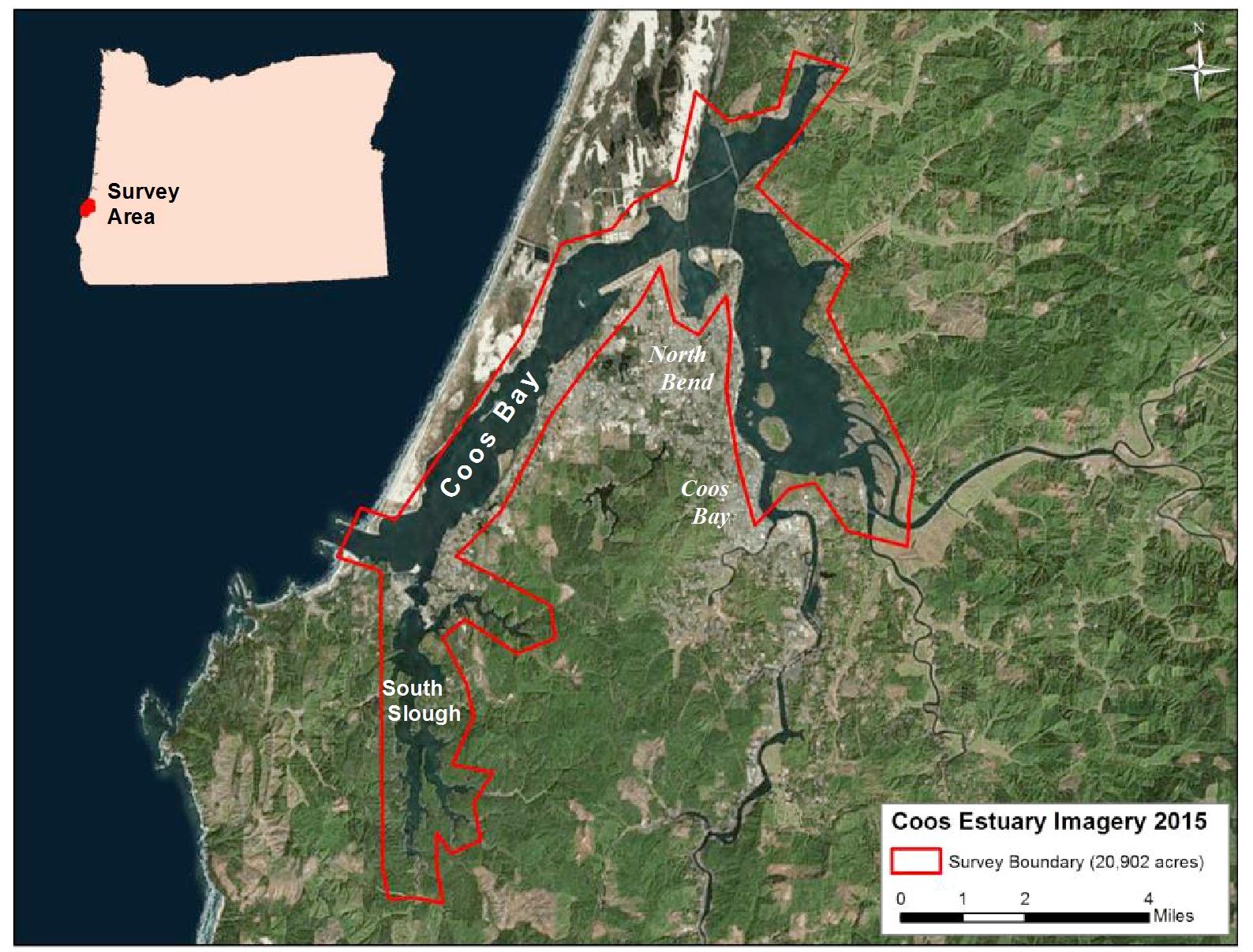
Eelgrass mapping of the Coos Estuary, Coos Bay, OR (2016)
Comprehensive information on the distribution of seagrass habitat in the Coos estuary has been lacking. This project will create goal up-to-date GIS data layers and associated maps that characterize the spatial extent of eelgrass throughout the entire Coos estuary. The project will also assess changes in the spatial distribution and relative density of eelgrass beds over the past decade.
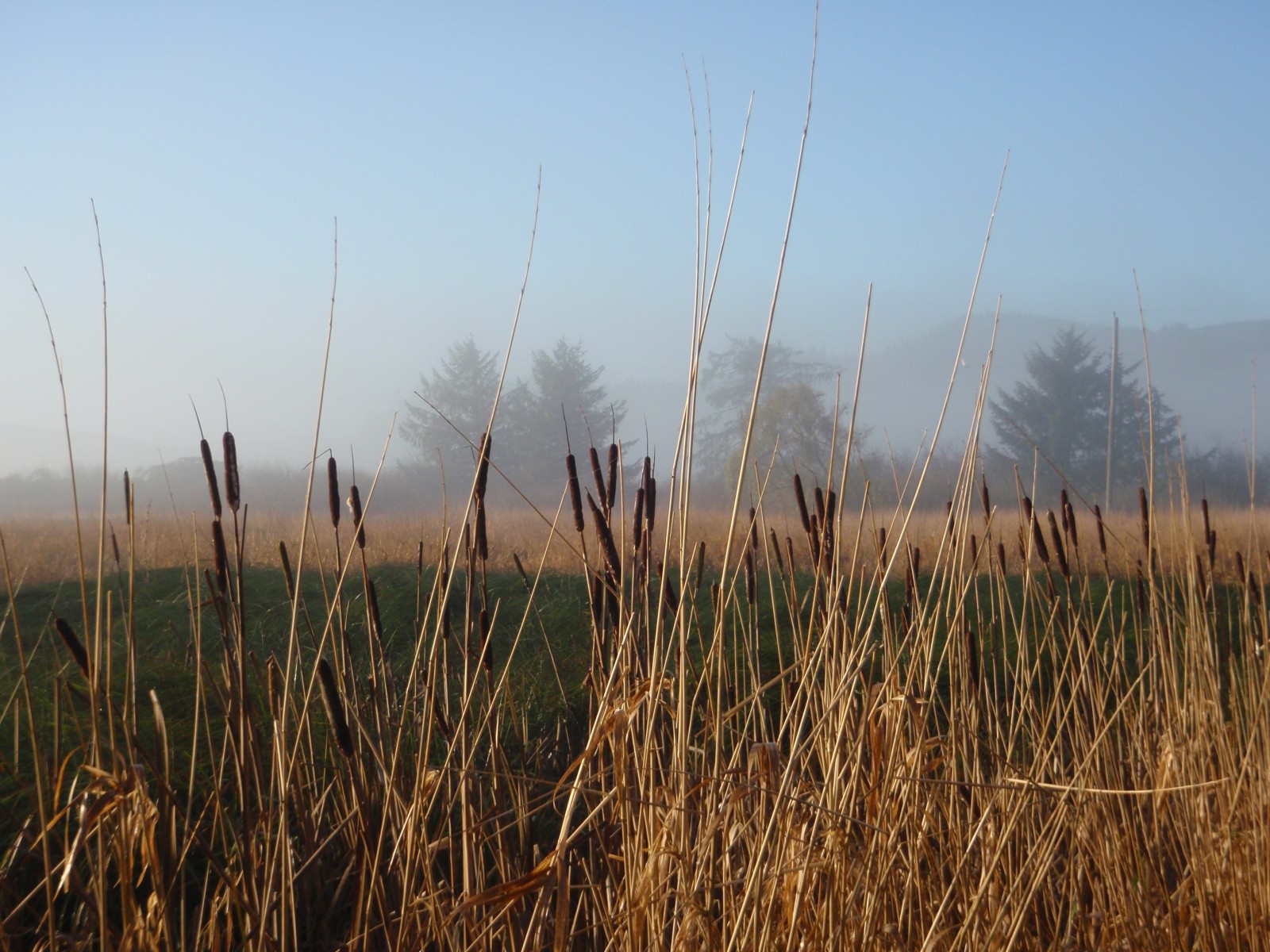
Restoration of Southern Flow Corridor, Tillamook Co., OR (2015)
This project restored 519 acres to full tidal inundation and helped pay for remediation of four acres. The project benefits juvenile salmonids from at least three rivers and helps mitigate flooding in surrounding areas.
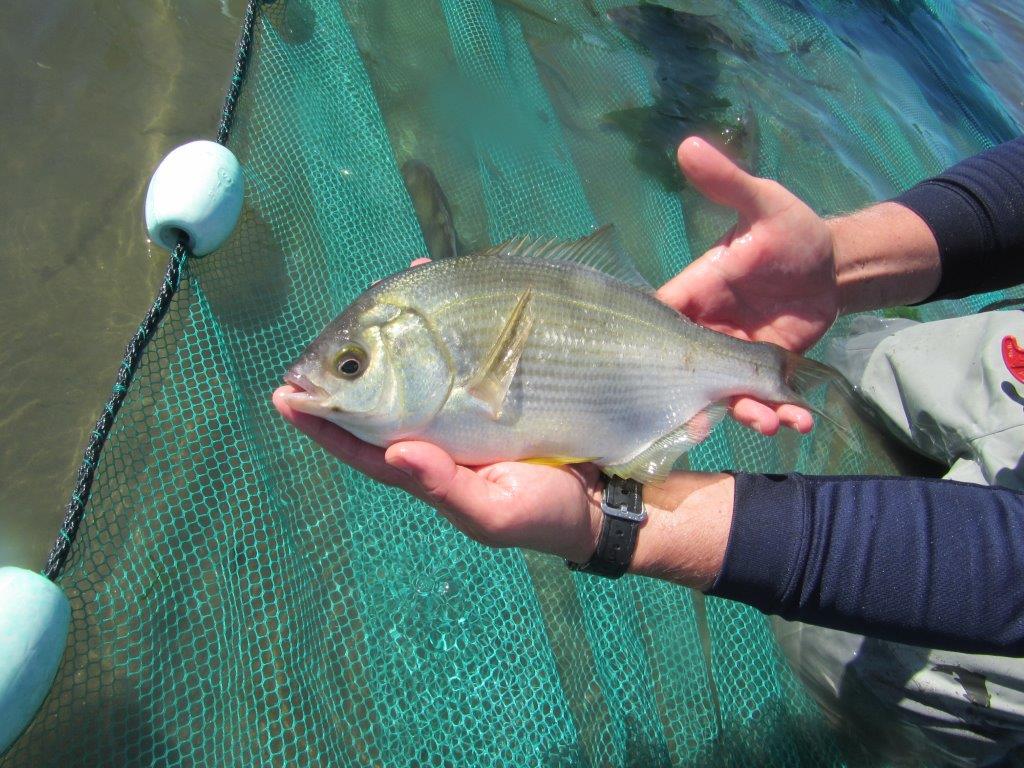
Spatial and Temporal Analysis of Fish Assemblages in Tidal Estuarine Habitats, South Slough & Coos Estuary, OR (2015)
The fish assessments analyzed trends in fish assemblages related to environmental conditions in the Coos estuary. It also compared fish communities in two distinct regions of the estuary. The project focused on 9 key species in the area.
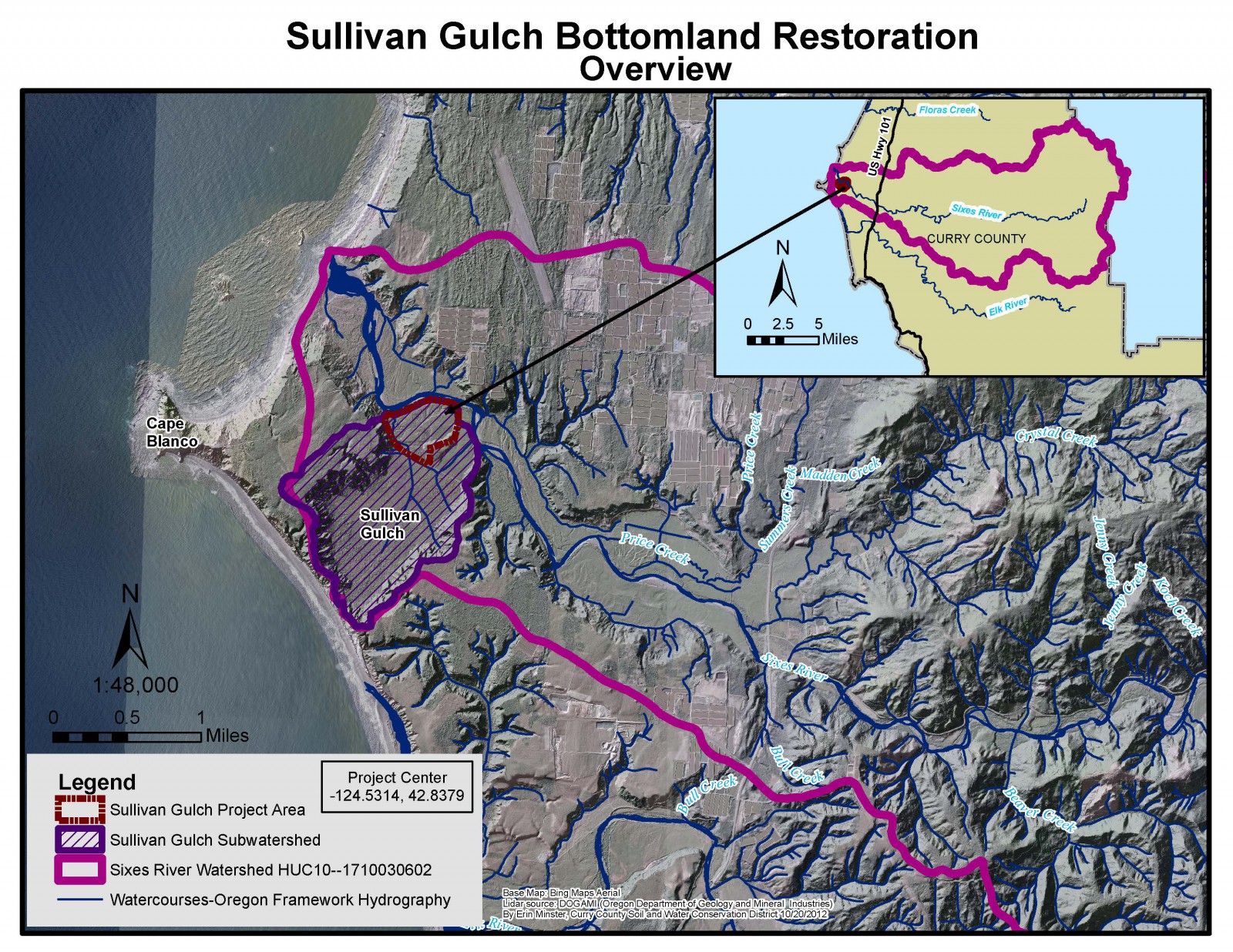
Sullivan Gulch Bottomland Restoration, Sixes River, OR (2015)
The project restored consistent seasonal fish passage between the Sixes River and the 200 acres of wetland located upstream of the Cape Blanco access road, benefiting juvenile fish and other wildlife. It enhanced and restored fish and wildlife habitat, while minimizing impacts to livestock operations.
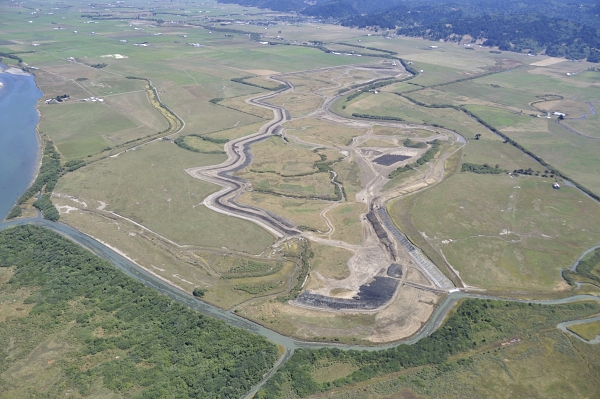
Salt River Ecosystem Restoration Project, Eel River, CA (2014)
The Salt River Ecosystem Restoration Project took ecosystem wide approach to restoration. It restored tidal marsh and seven miles of river channel and floodplain corridor. It also reduced upslope sedimentation to enhance habitat for salmonids and other brackish water species.
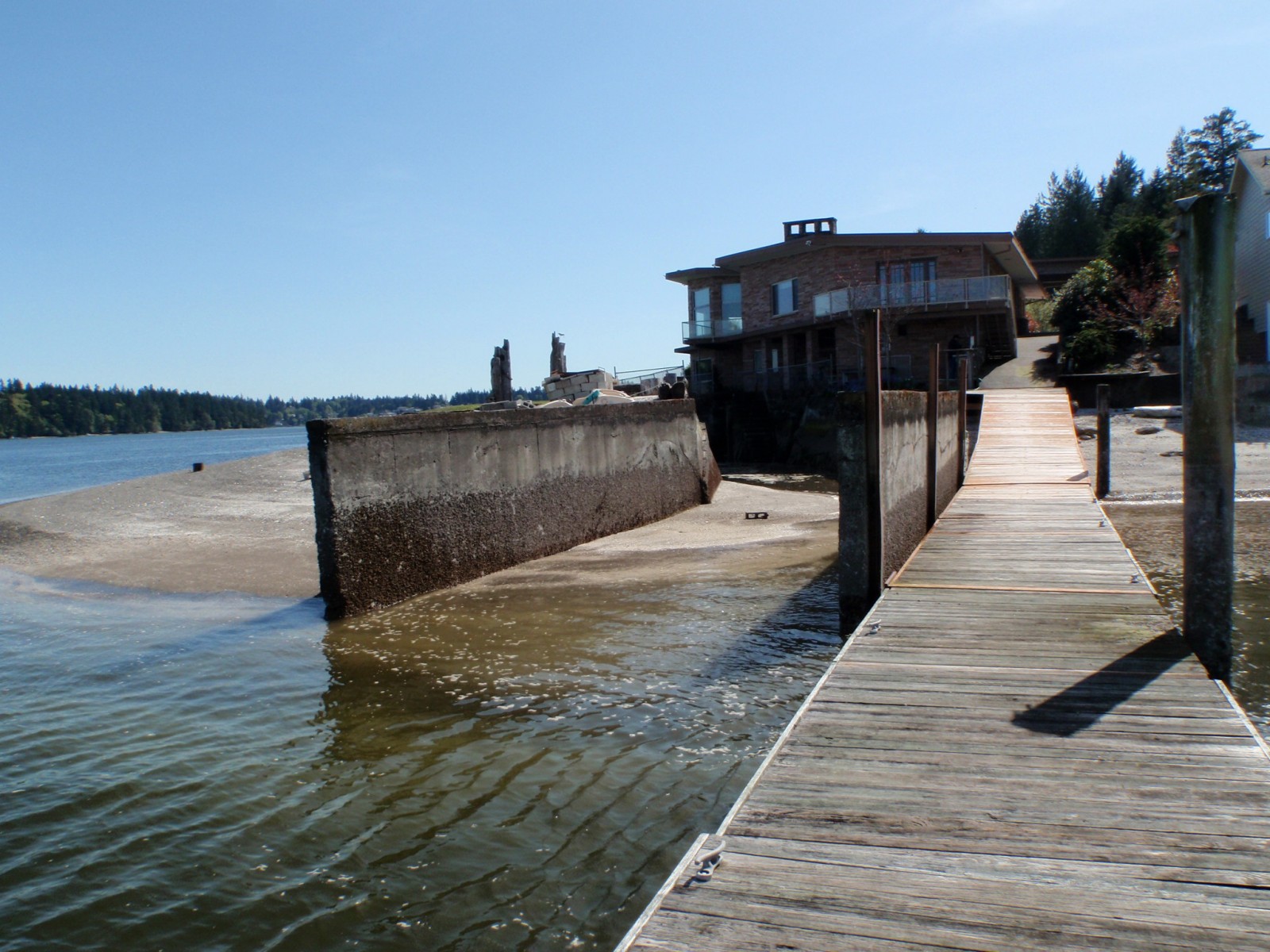
Collier Boat Ramp and Jetty Removal, Puget Sound, WA (2014)
The Squaxin Island Tribe removed a private boat ramp and decommissioned a large boat basin to allow for lateral shore drift along 5.7 miles of Pickering Passage in South Puget Sound in order to increase spawning habitat for sandlance, surfsmelt, and herring.
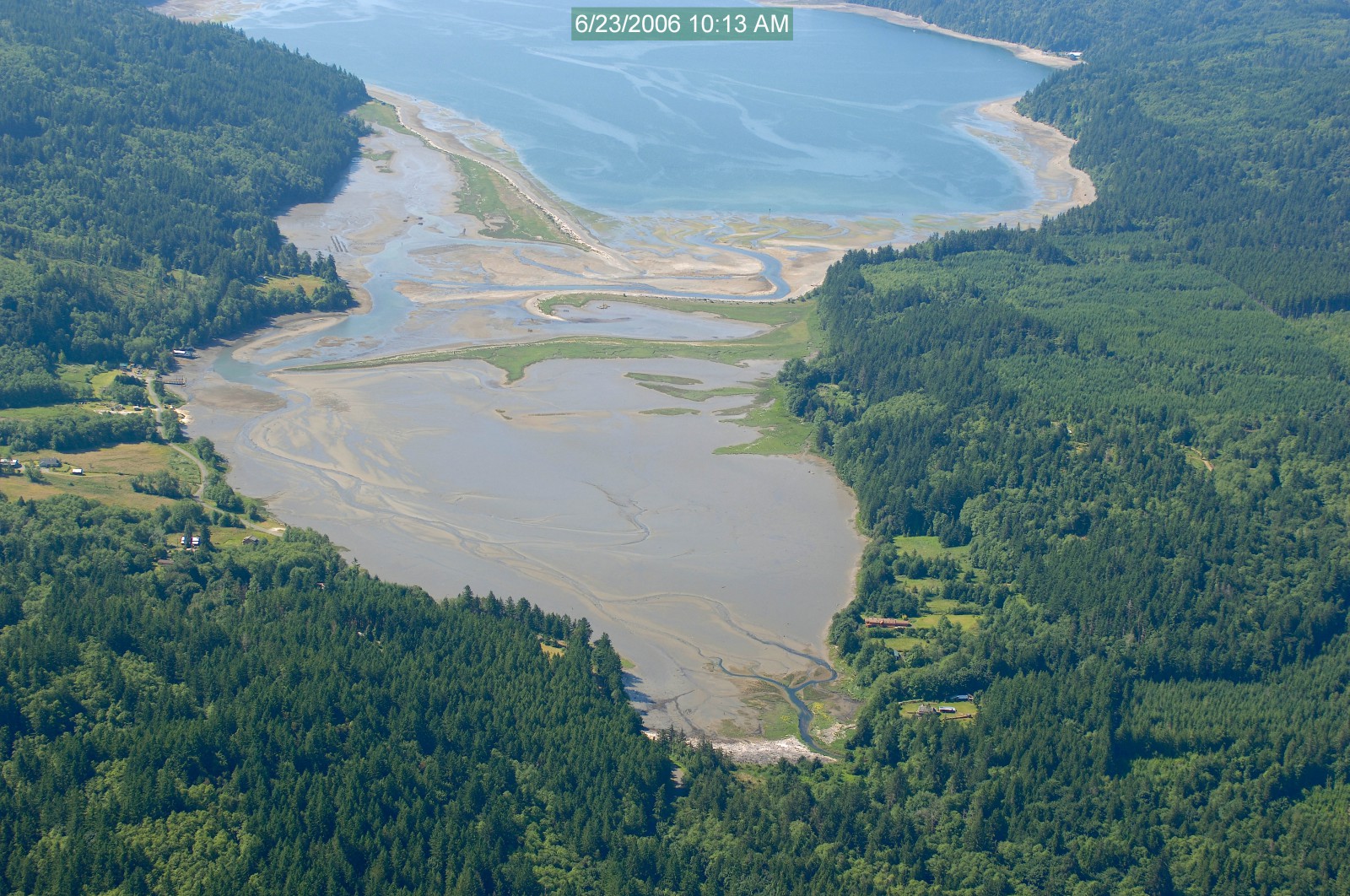
Restoration of salt marsh shoreline within the Dabob Bay Natural Area, Puget Sound, WA (2014)
Northwest Watershed Institute has been working to protect and restore Tarboo-Dabob Bay, one of the largest and least developed salt marsh estuaries remaining in Puget Sound. PMEP funds helped restore a high priority shoreline property by removing all the infrastructure on a past residential site and planting native species. The parcel has ¼ mile of nearshore tidelands and saltmarsh fringed shoreline and is habitat for a diversity of fish species, including juvenile Hood Canal summer chum salmon and Puget Sound Chinook salmon.
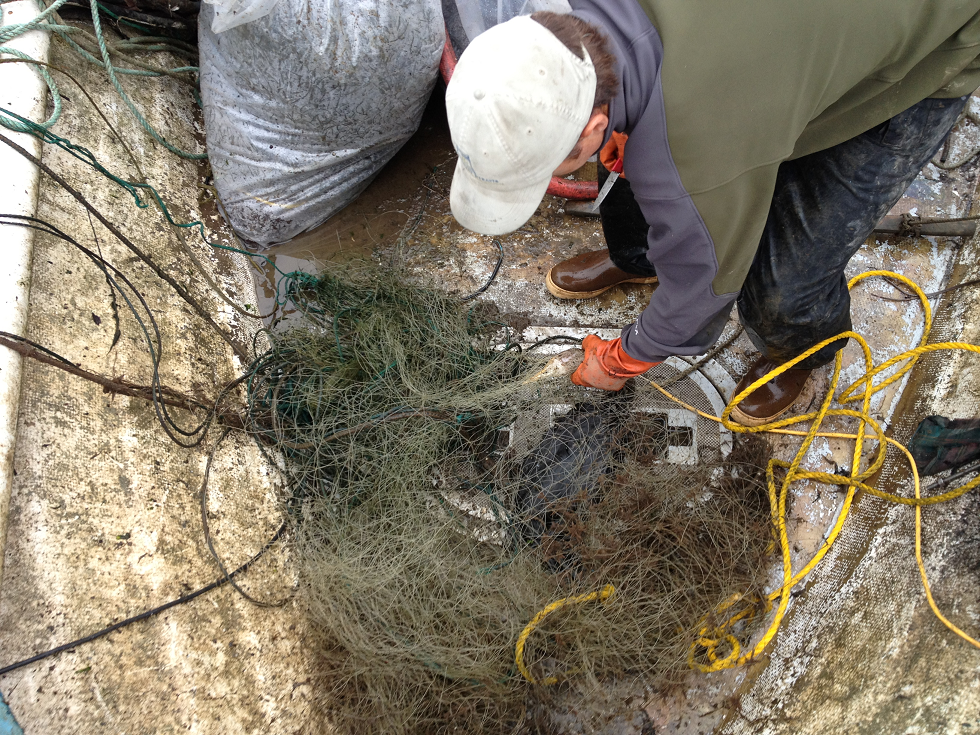
Grays Harbor Derelict Gear Removal Project, WA (2013)
Project funds helped remove derelict nets and fishing gear in the prioritized areas of the Chehalis River, Grays Harbor, lower Quinault River. The project 1) mapped and removed derelict gear and 2) created a lost net reporting program. In 2013, 48 lost nets were removed from the area.
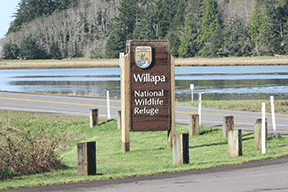
Bear River Estuary Project, WA (2013)
The project planned to restore 500 acres of high quality estuarine habitat in southern Willapa Bay. It removed dikes culverts, fish ladders, tide gates, and other structures to restore natural tidal processes to benefit salmonids and migratory birds.
